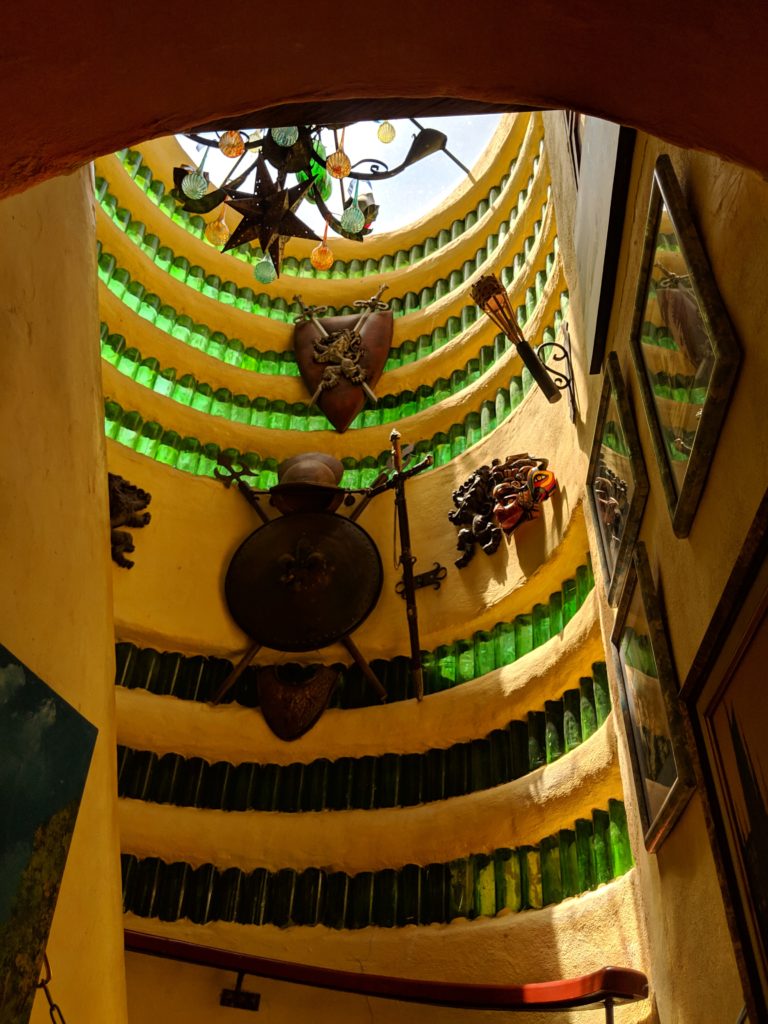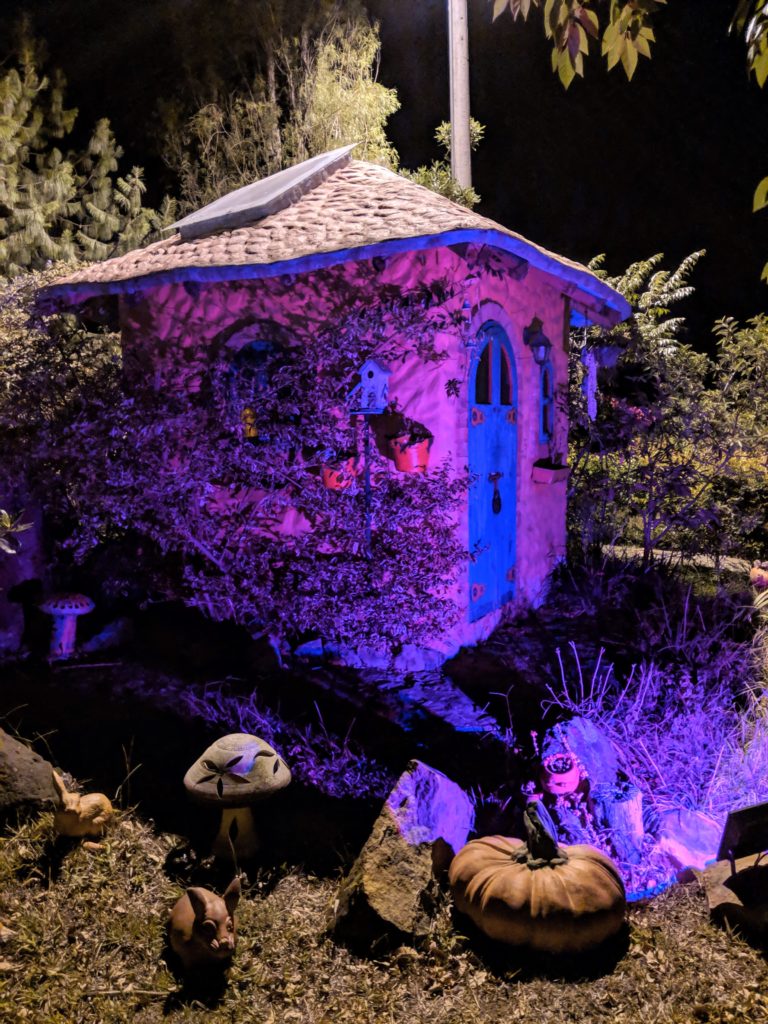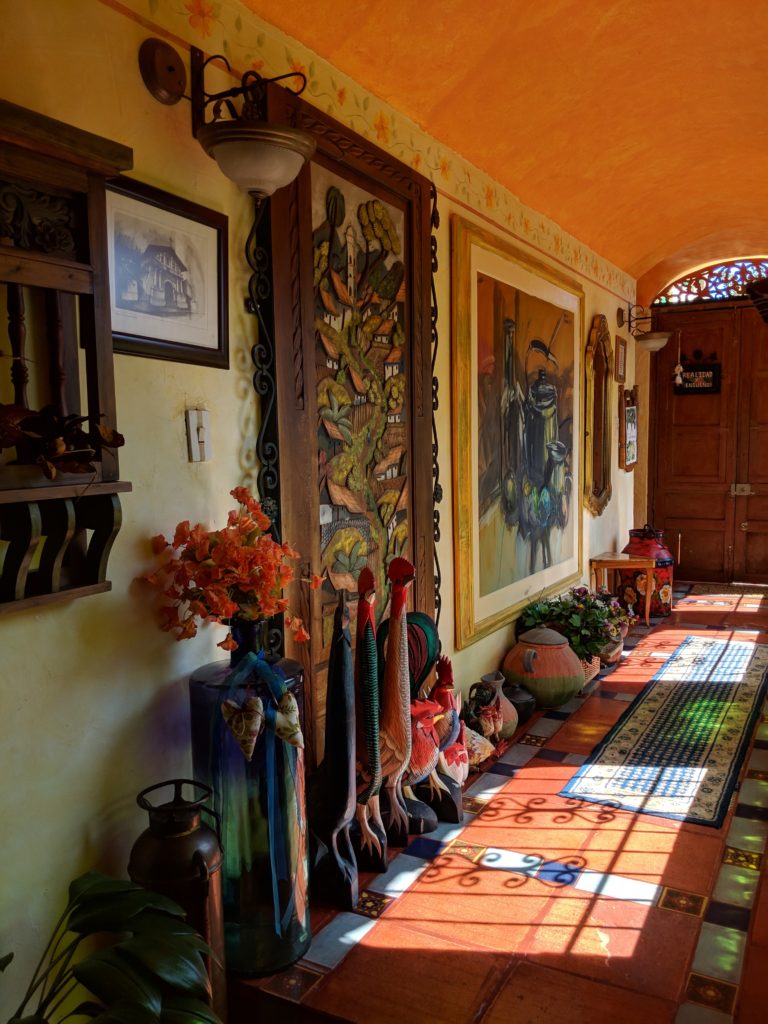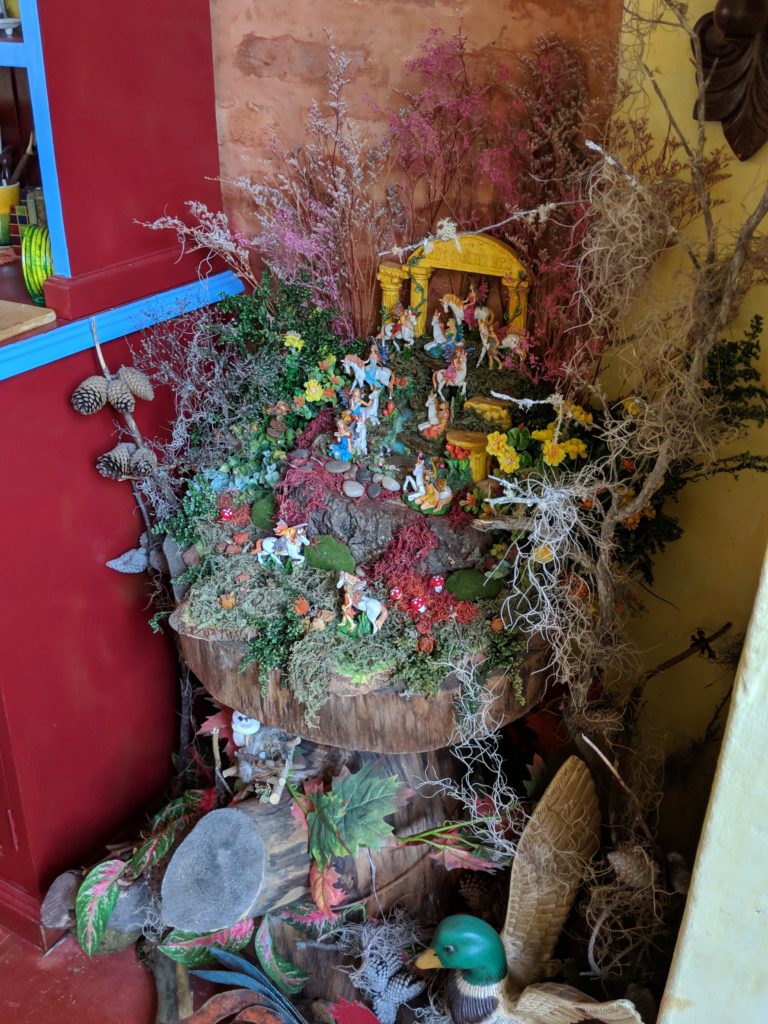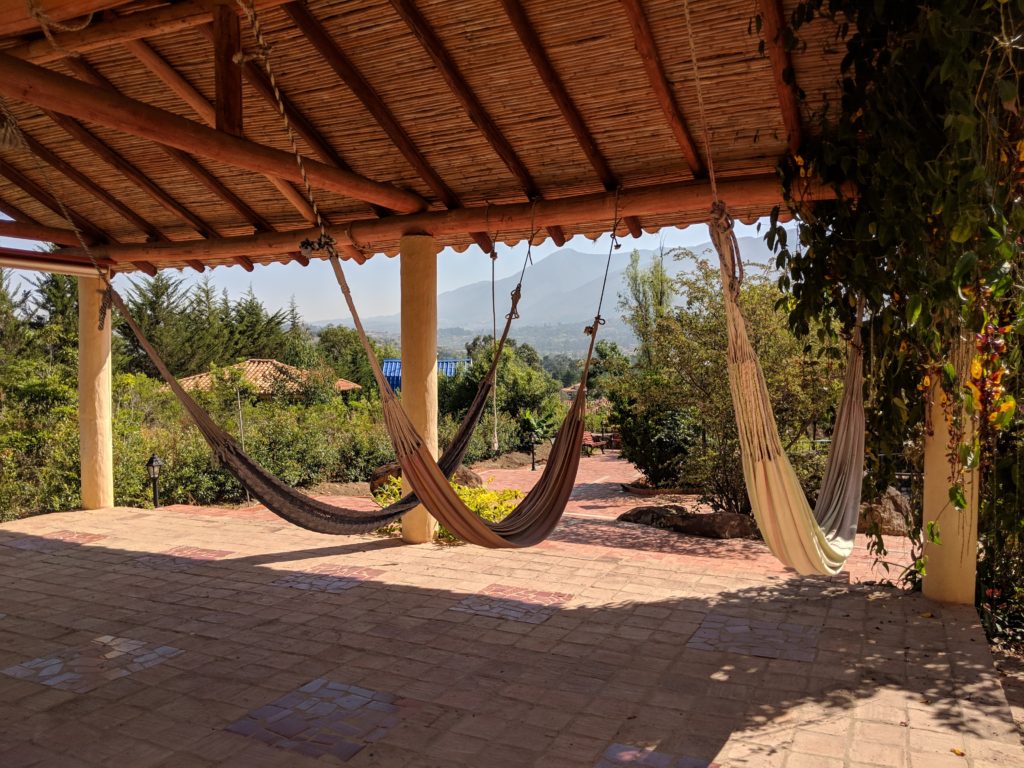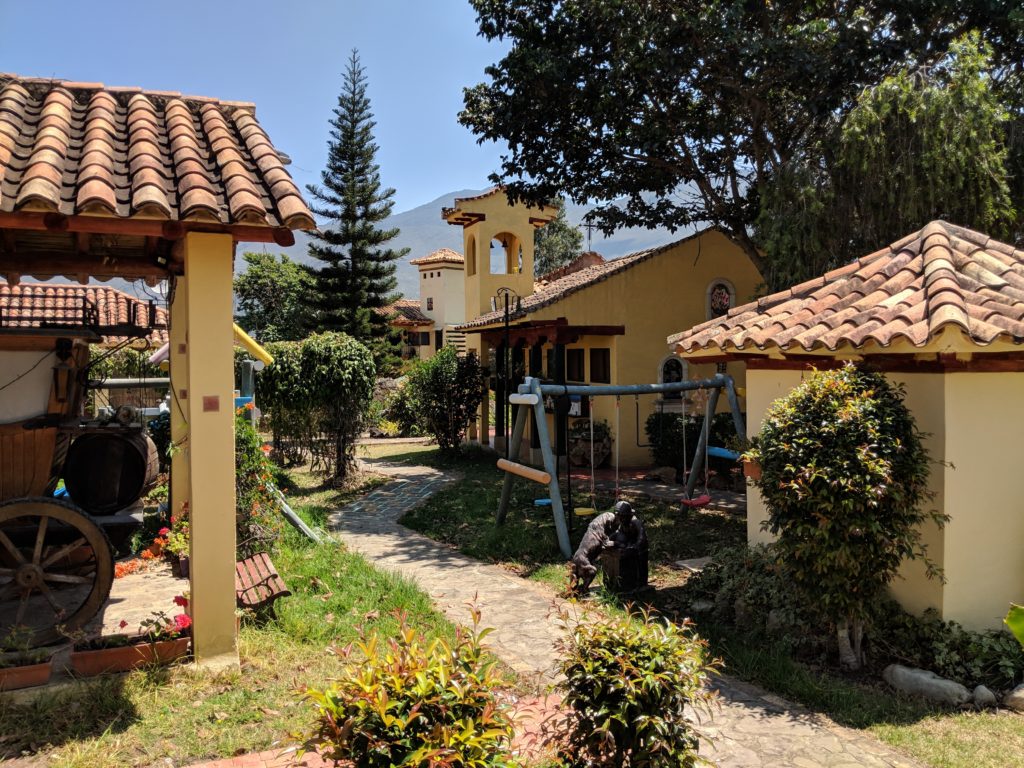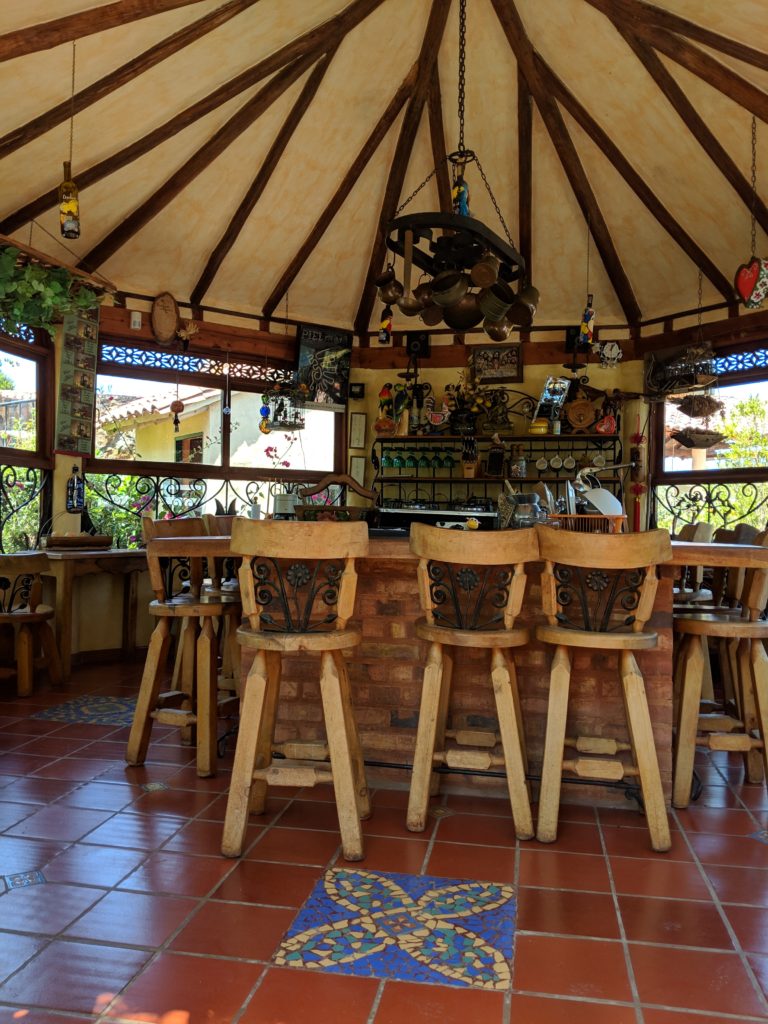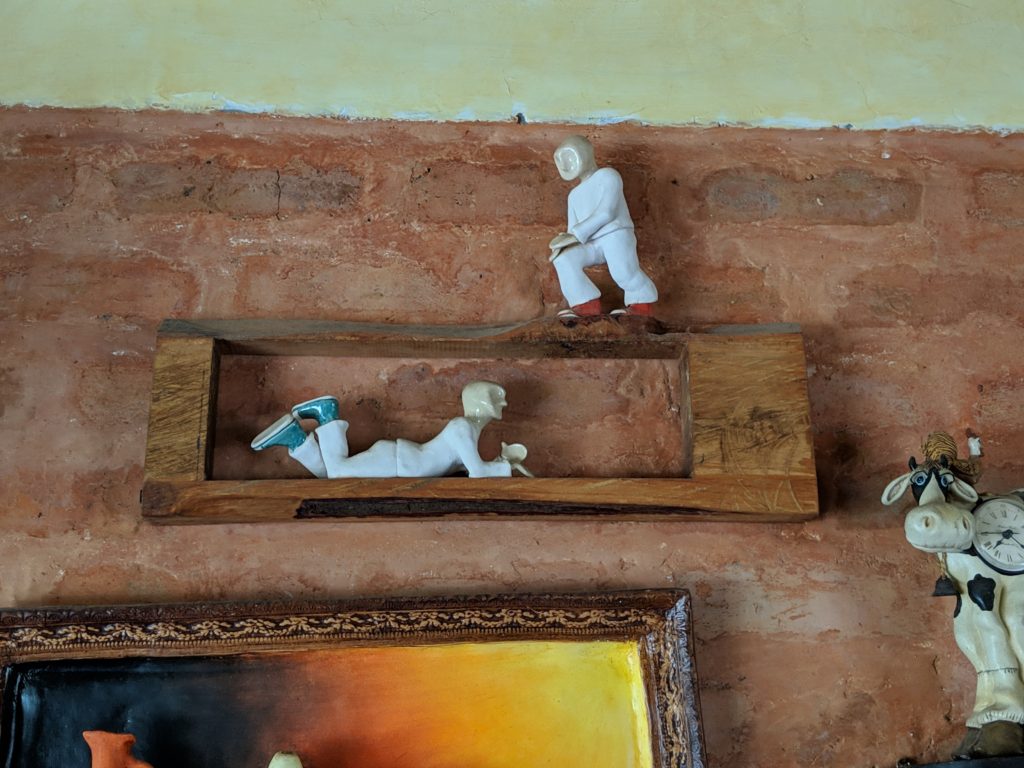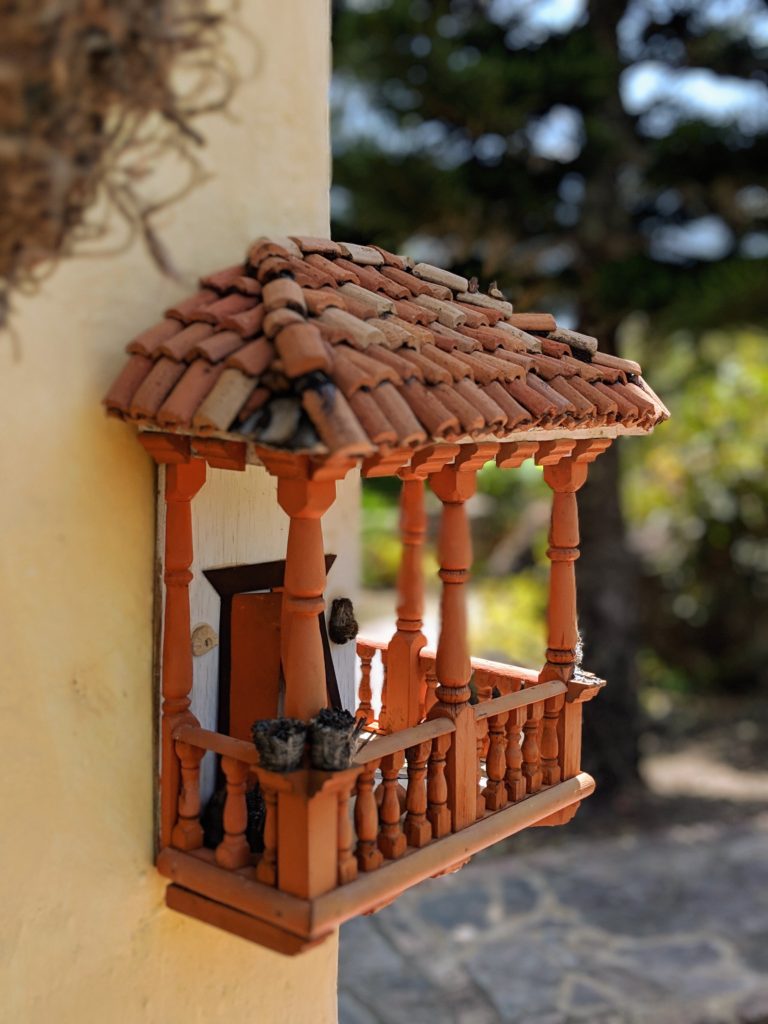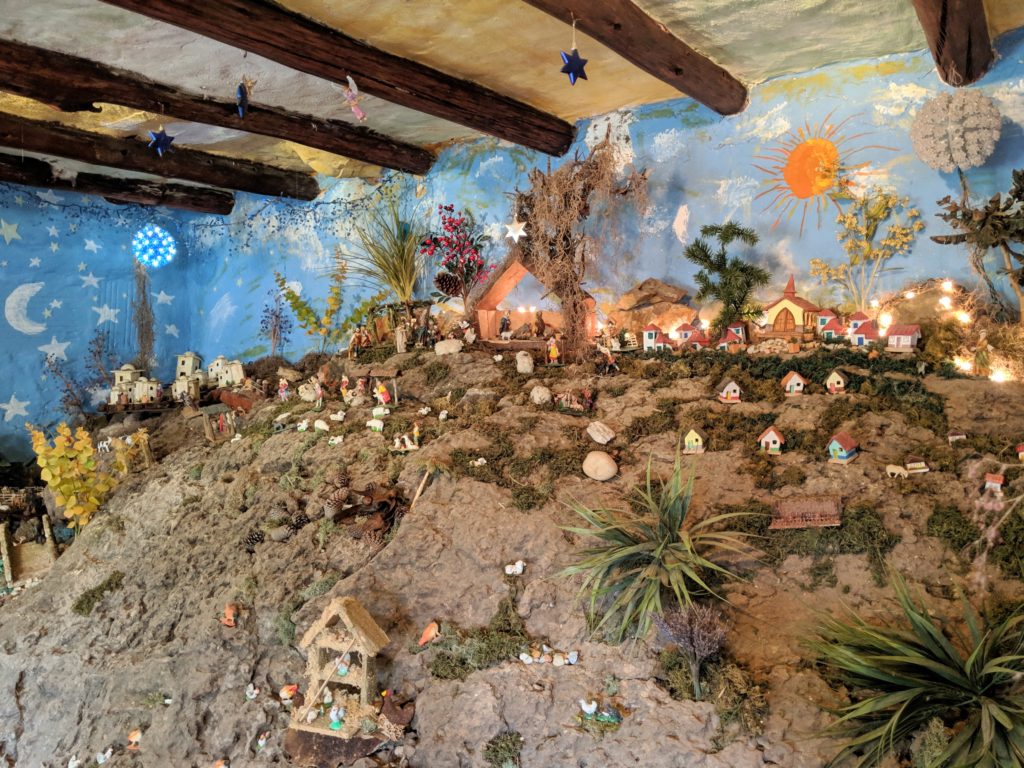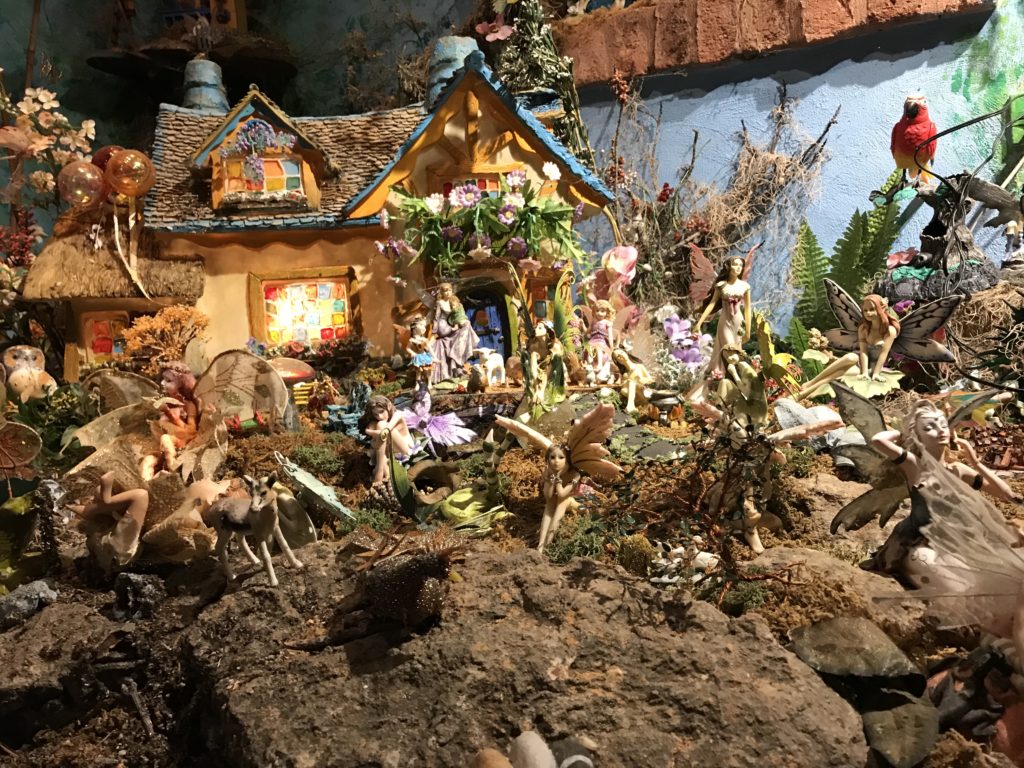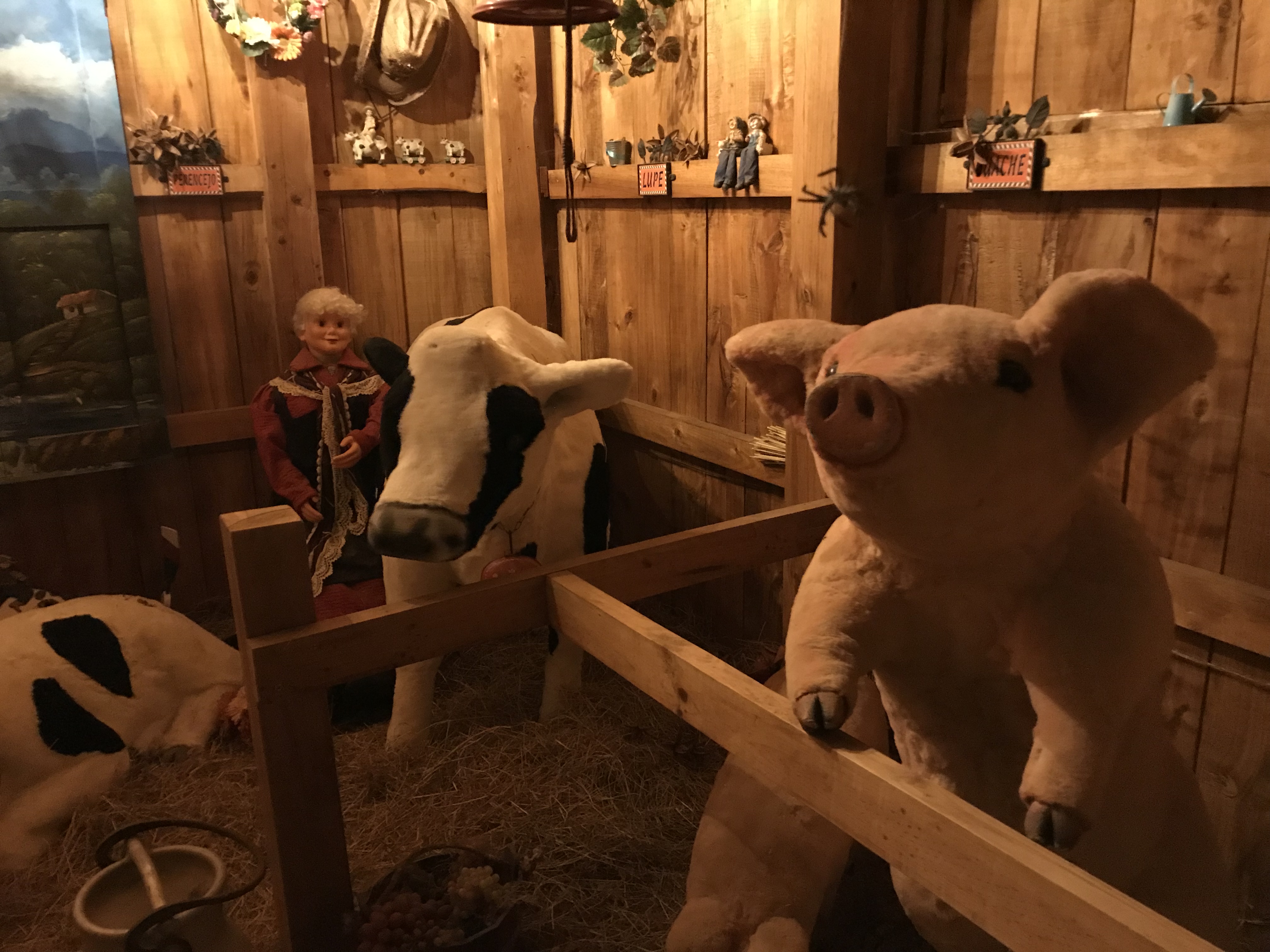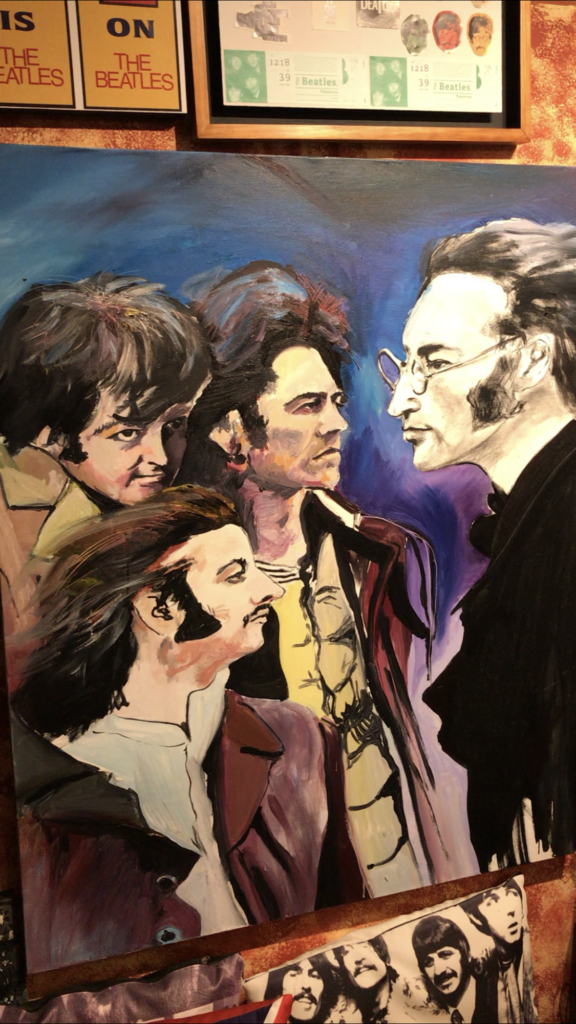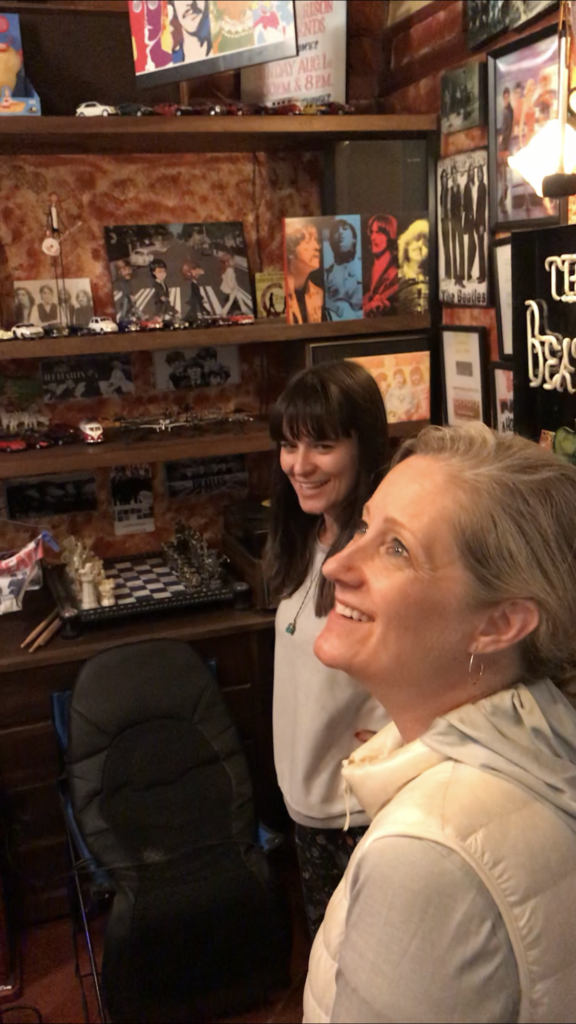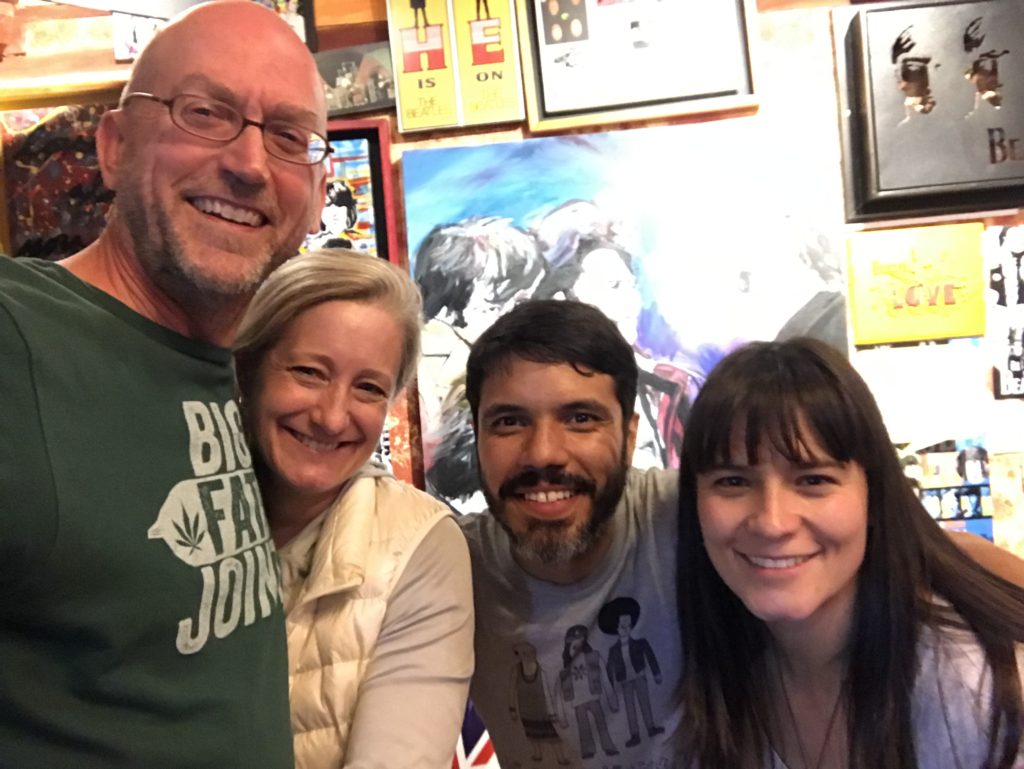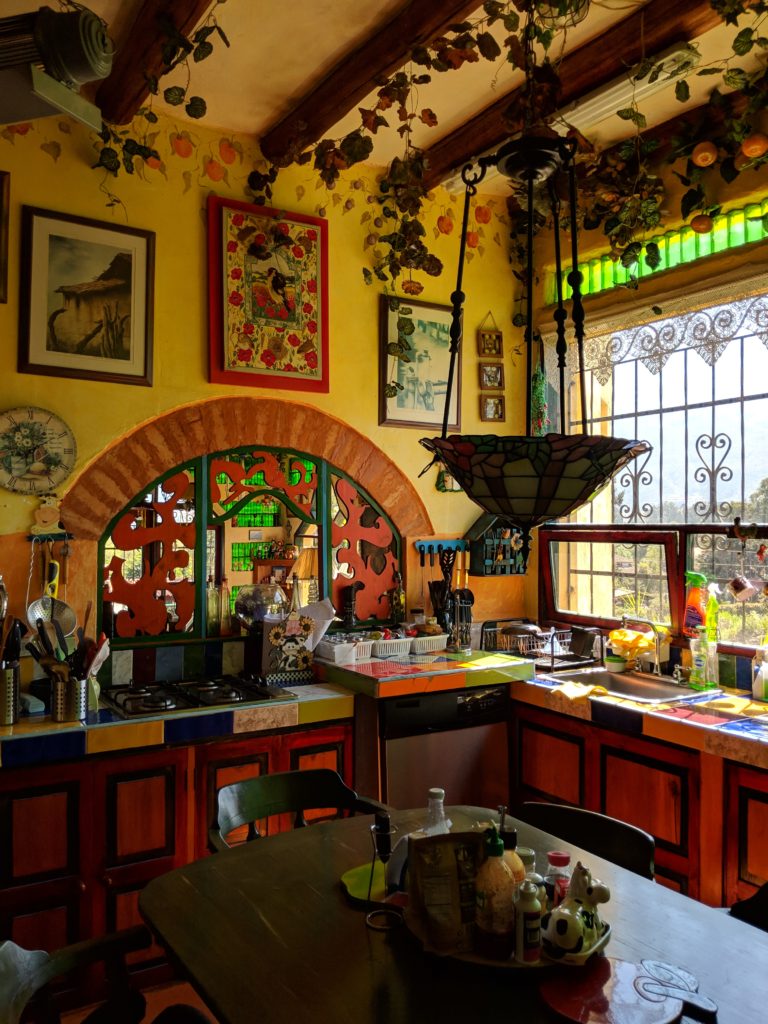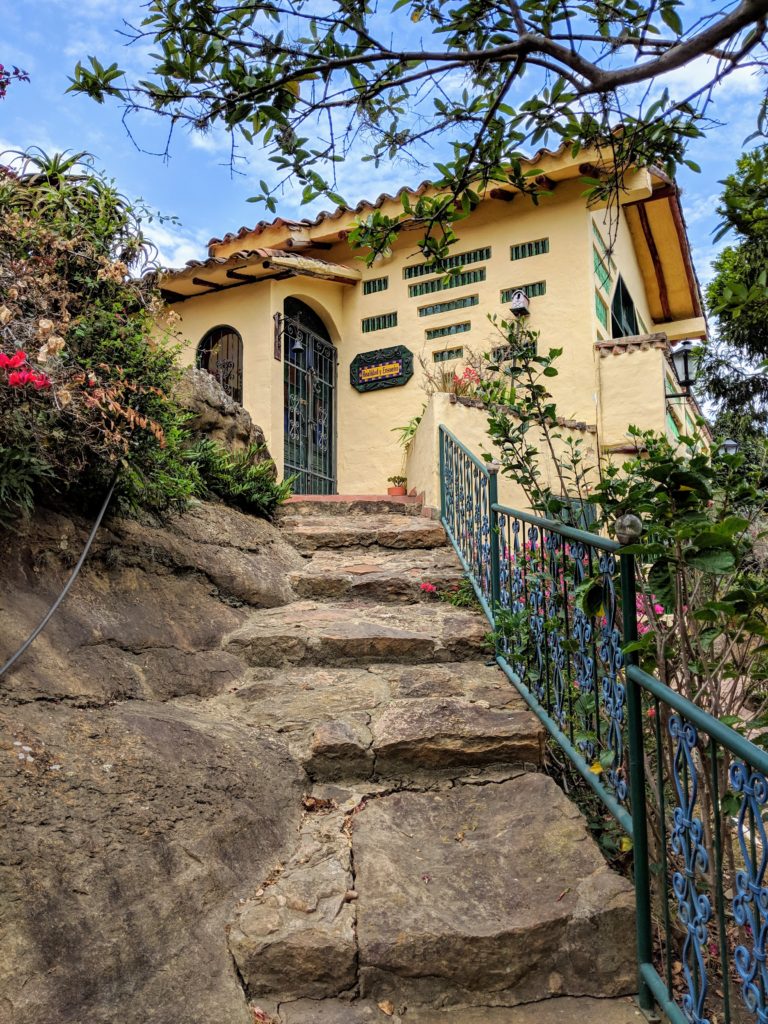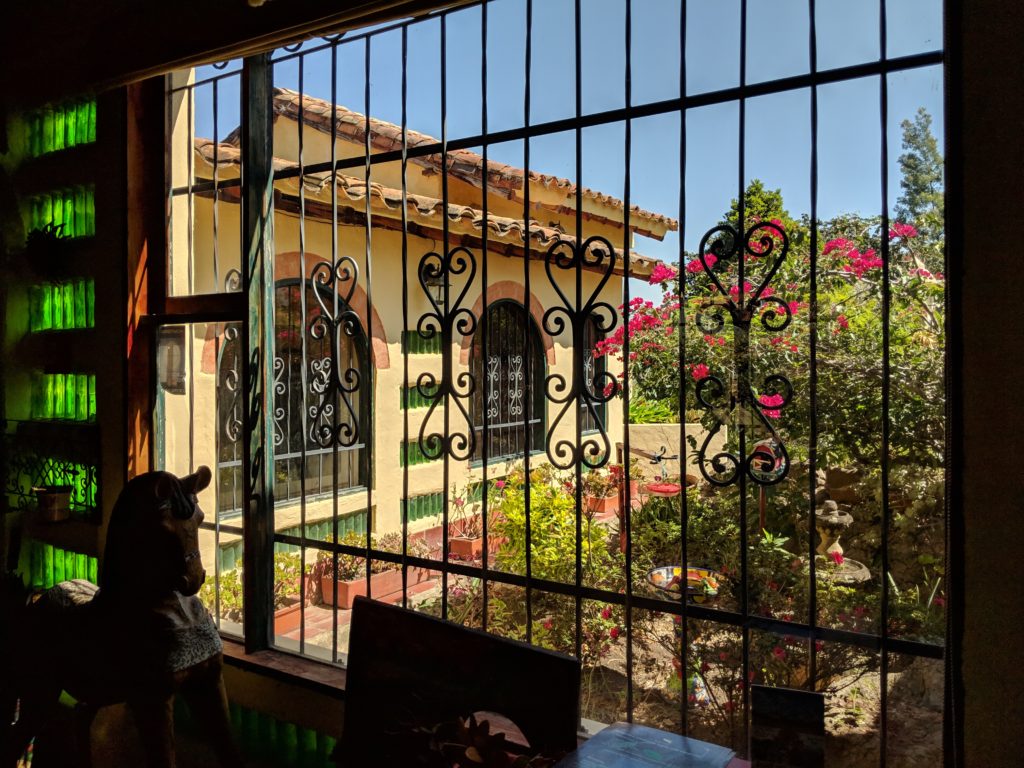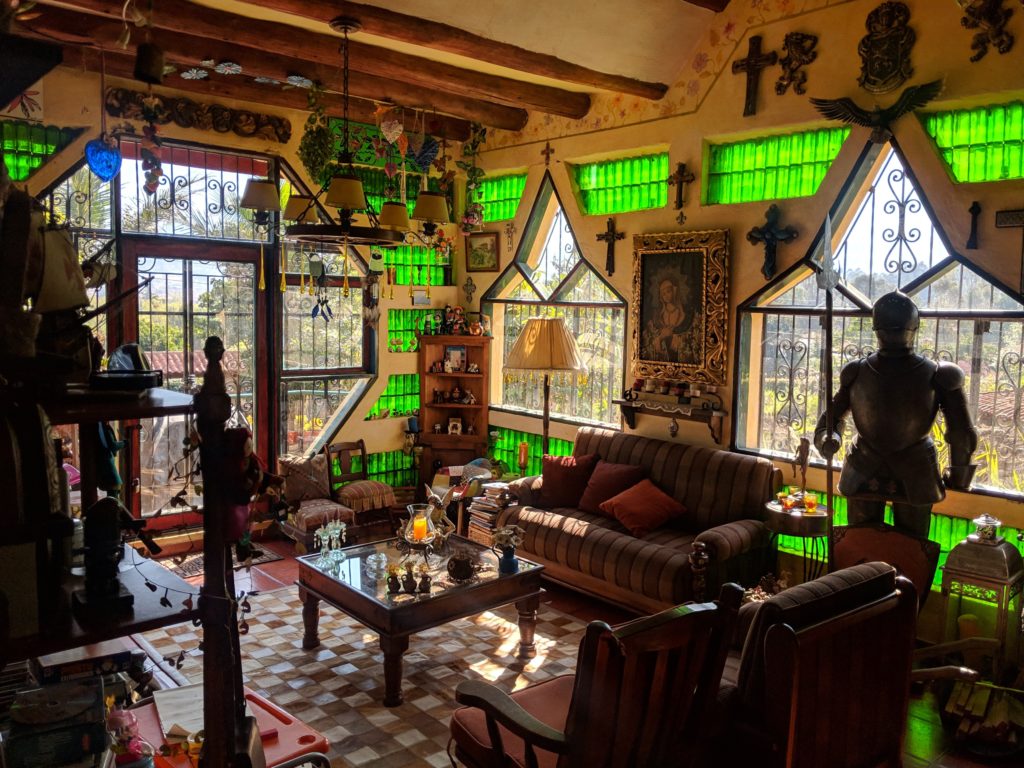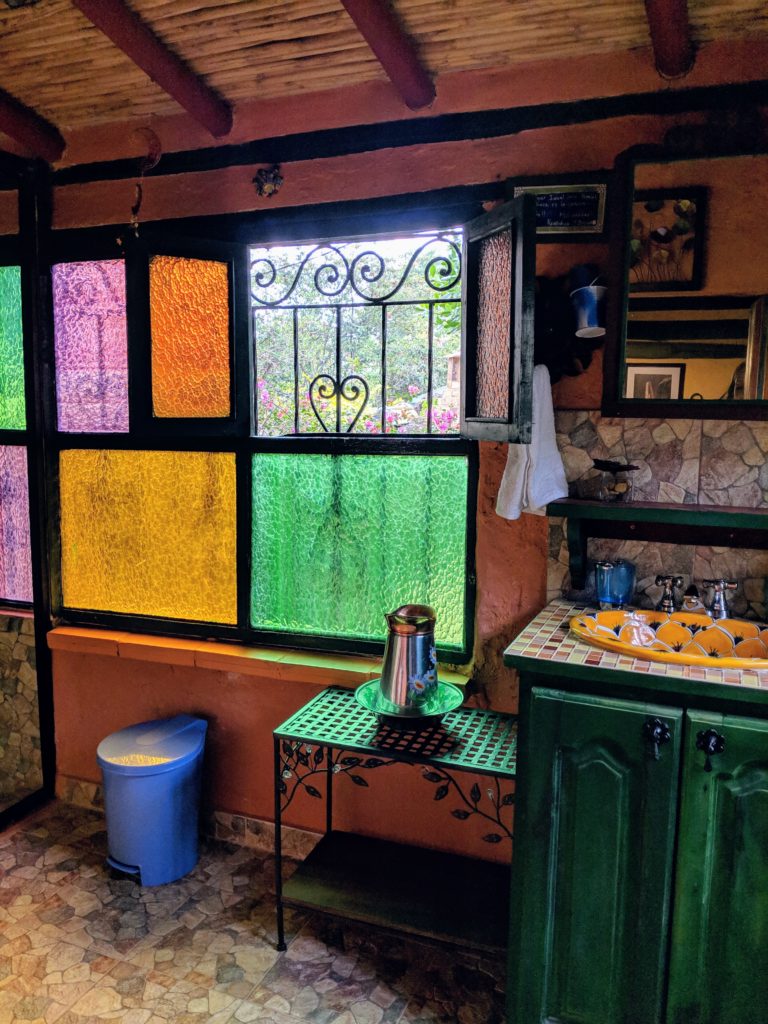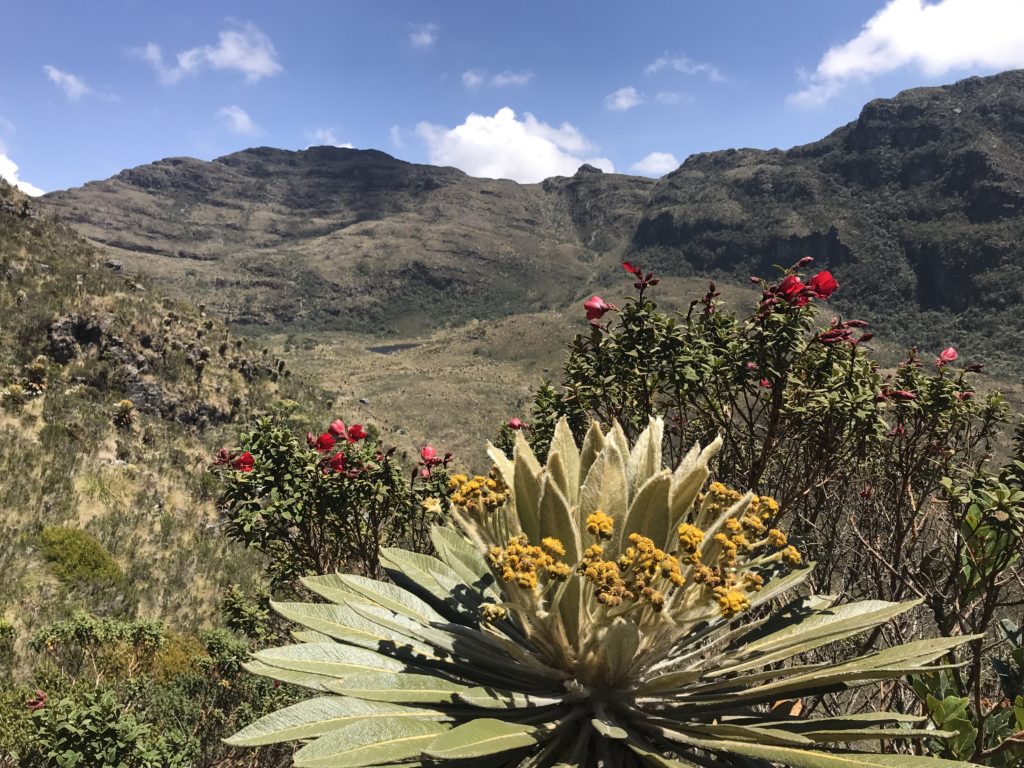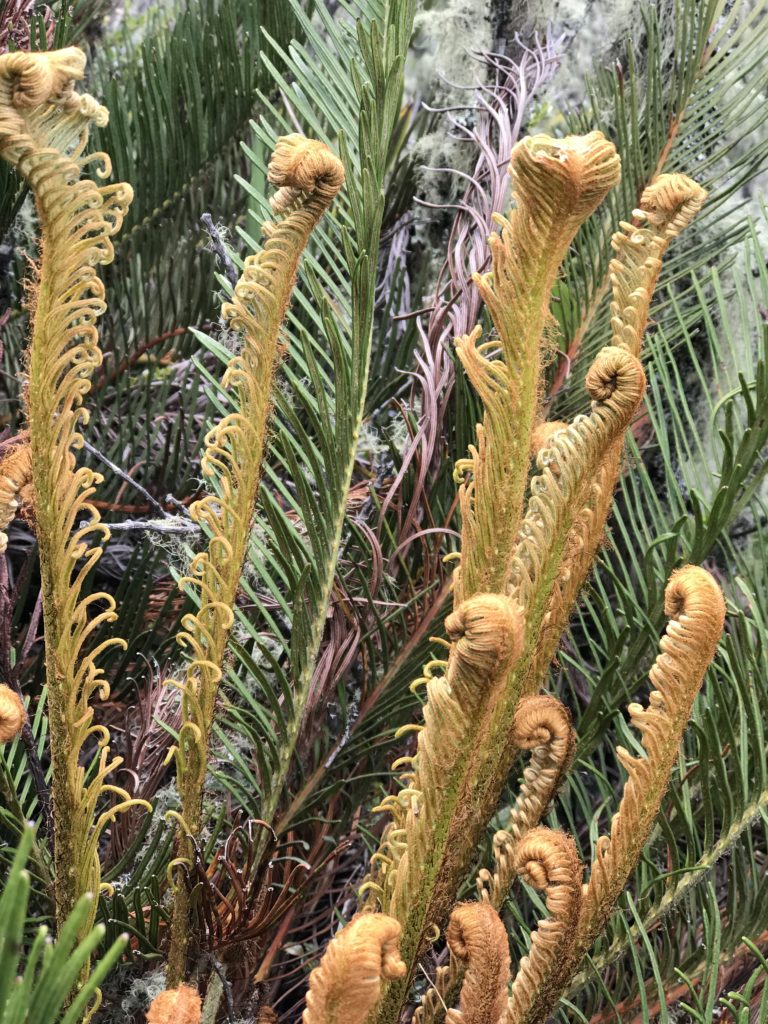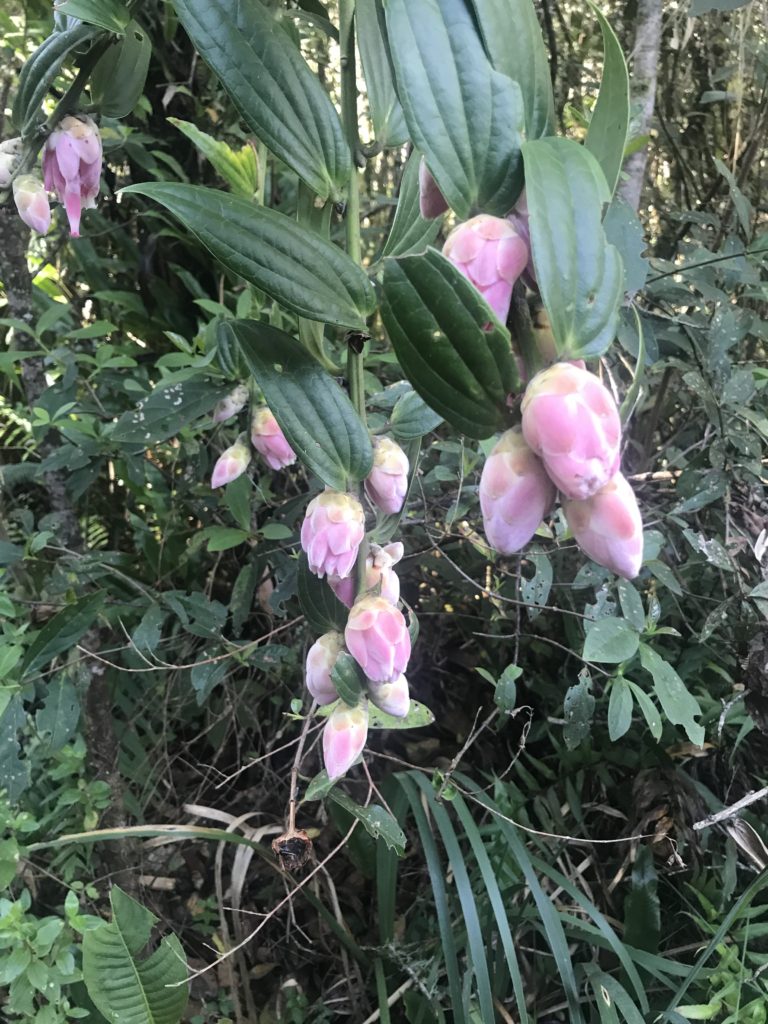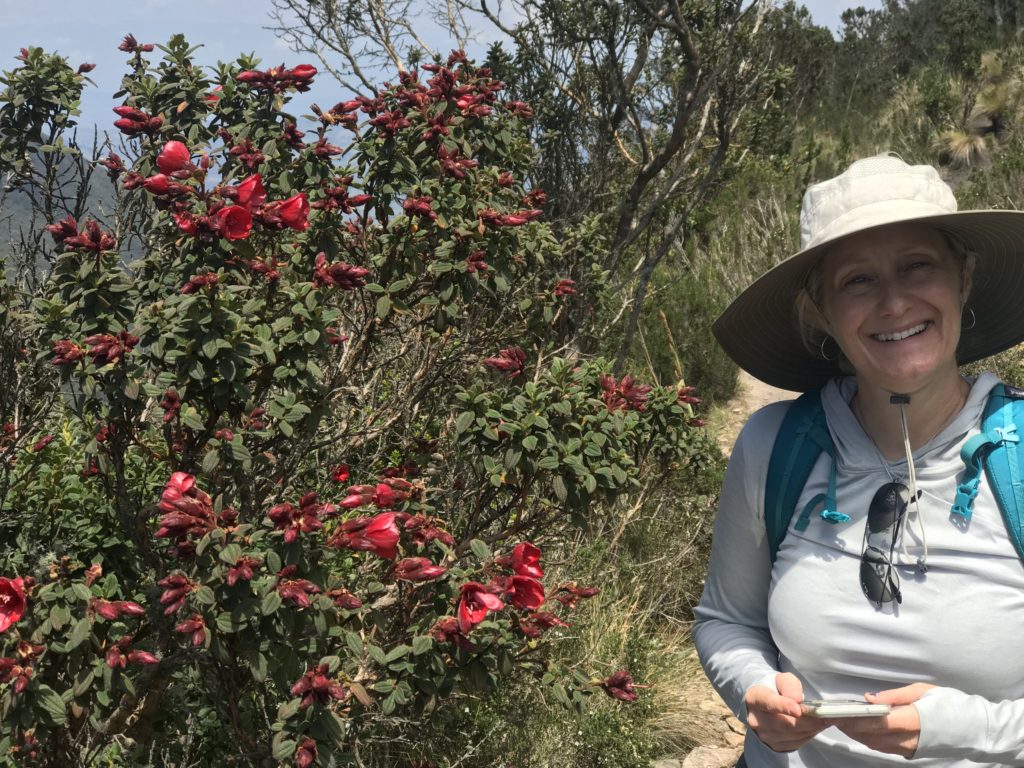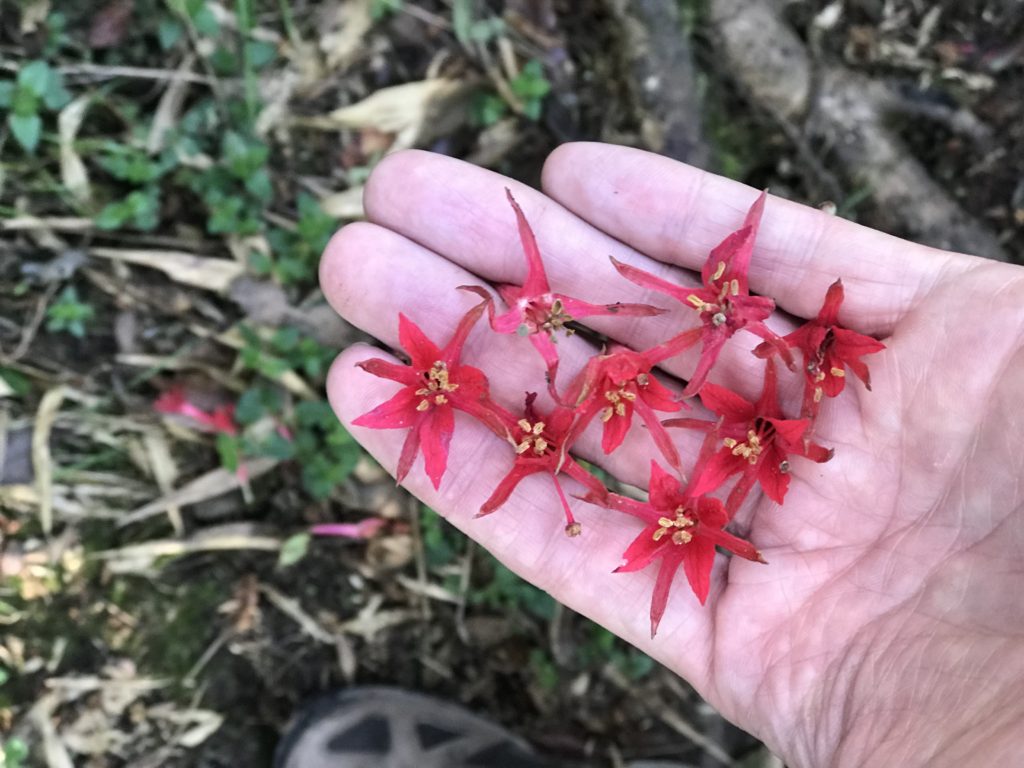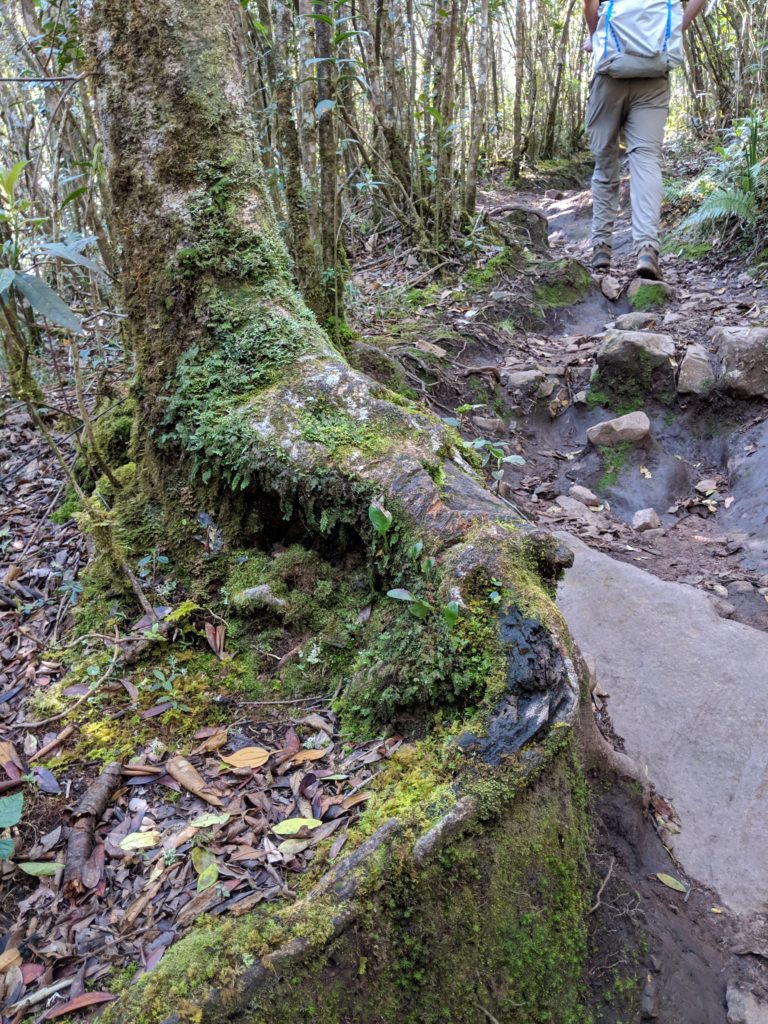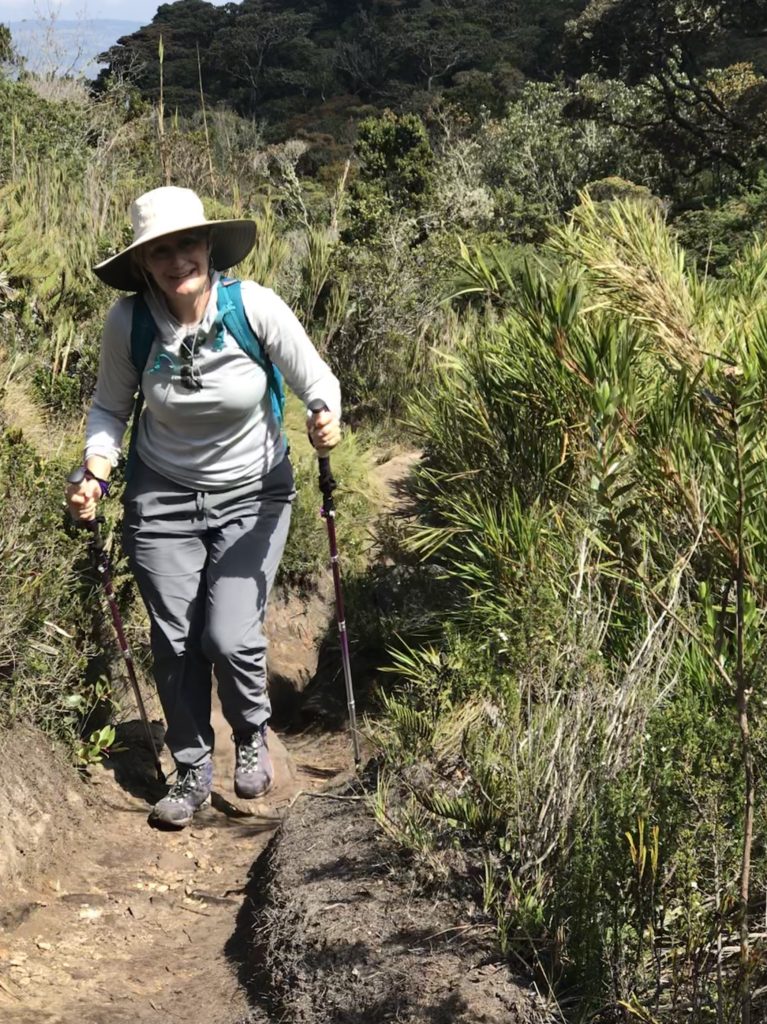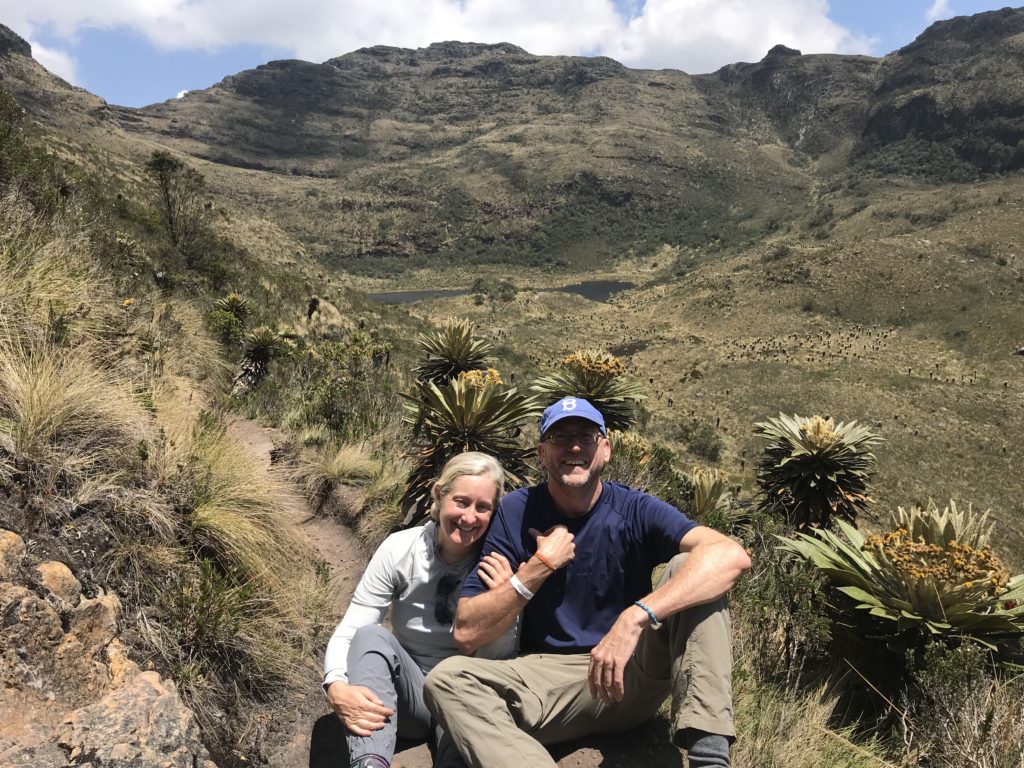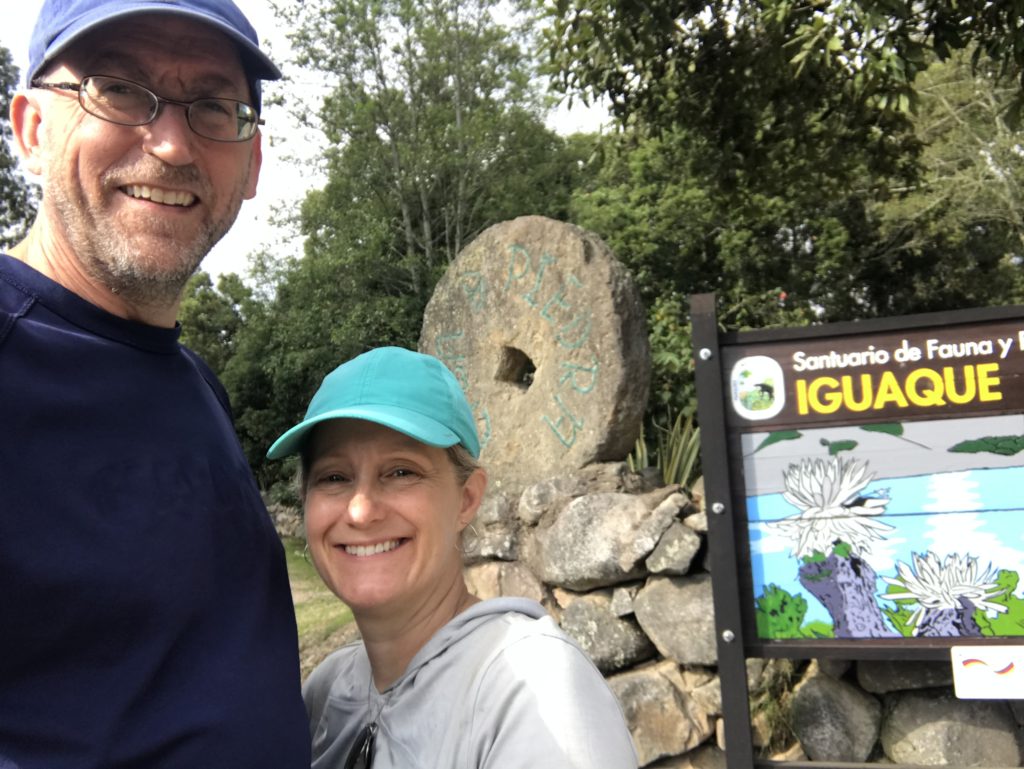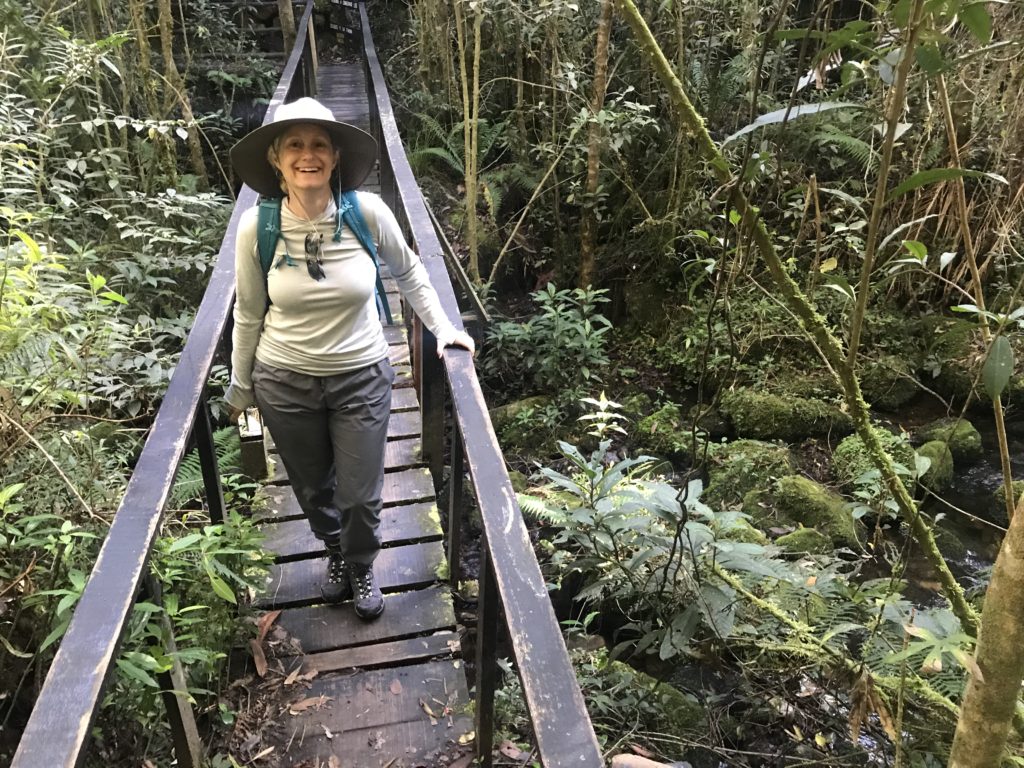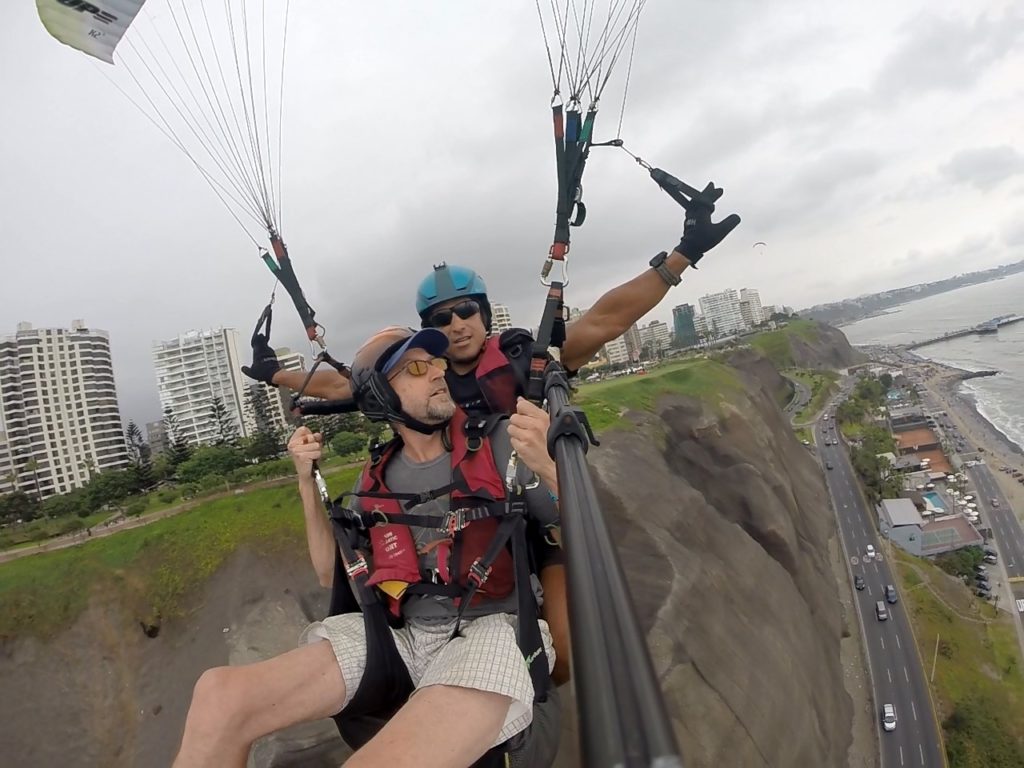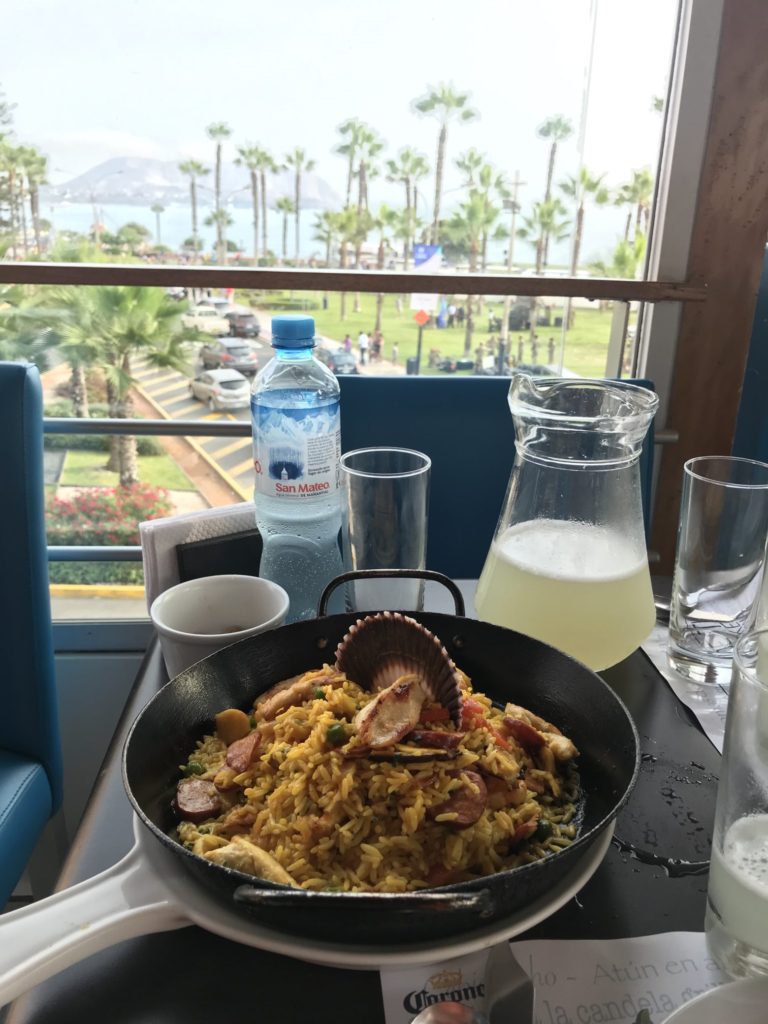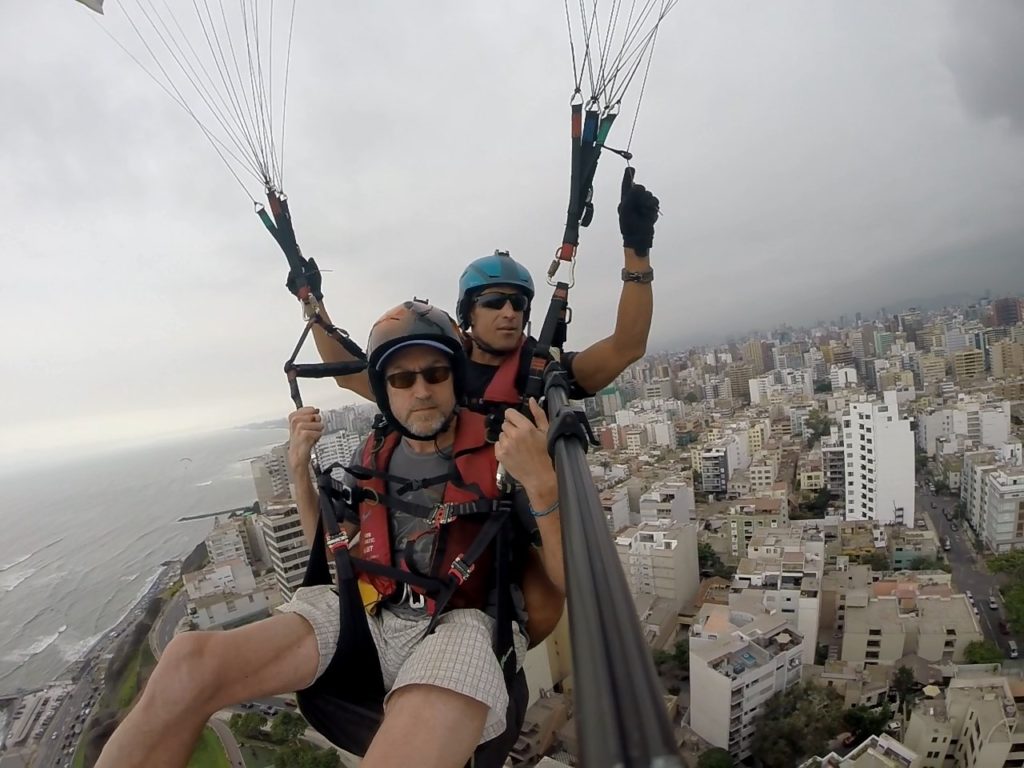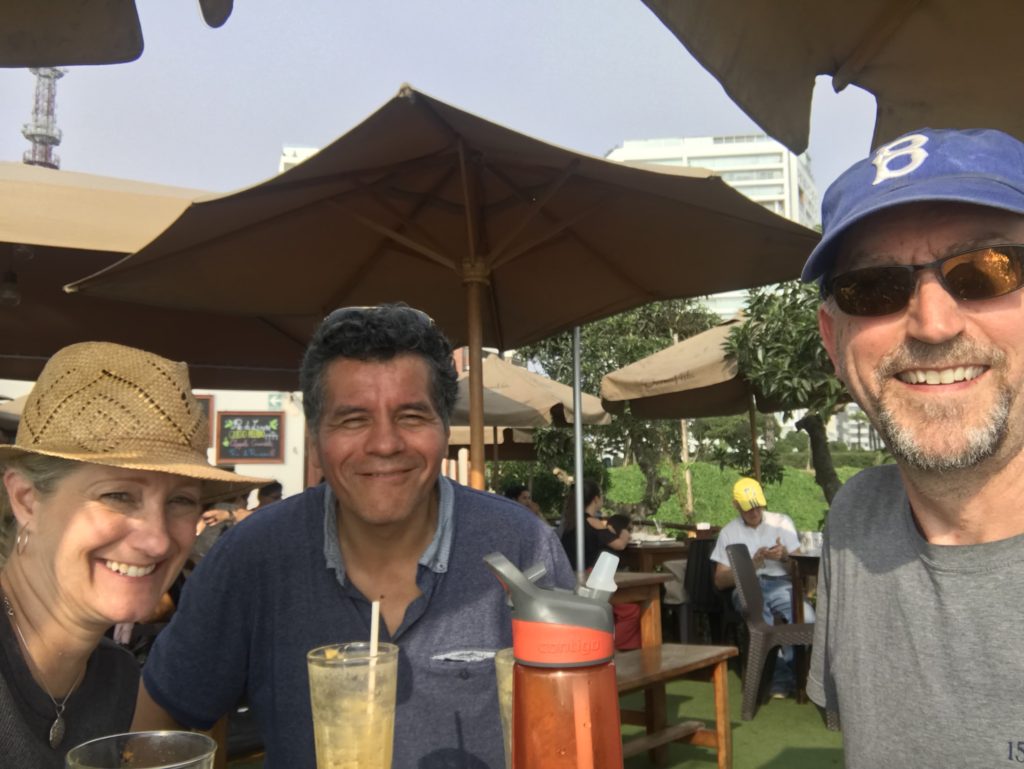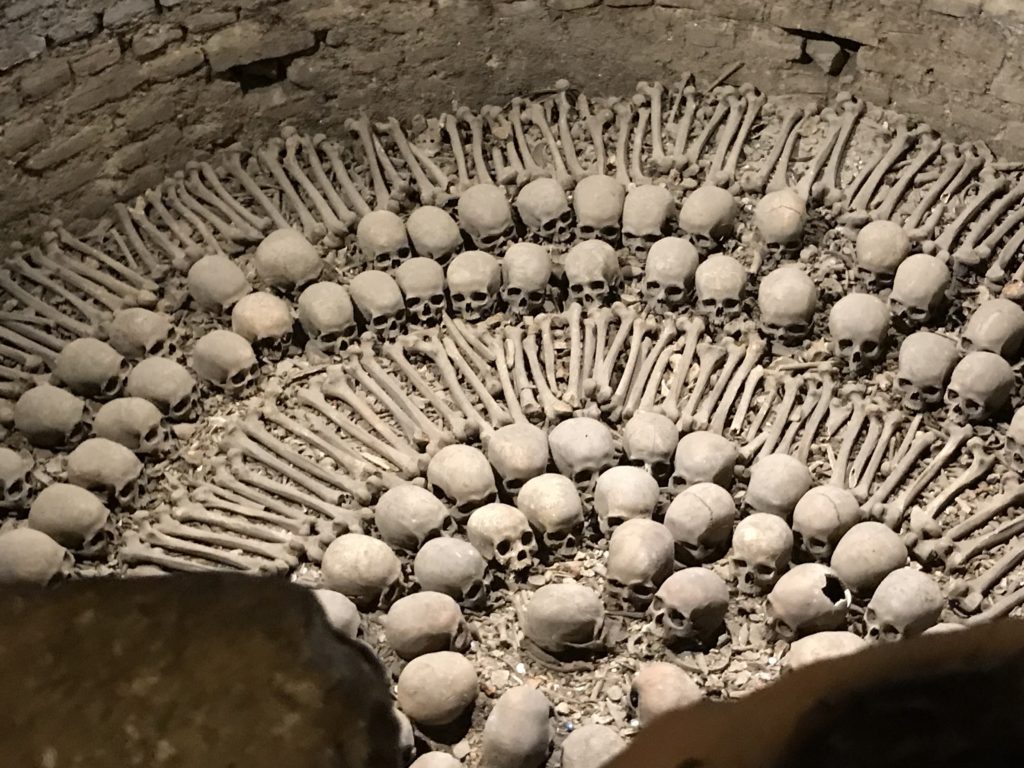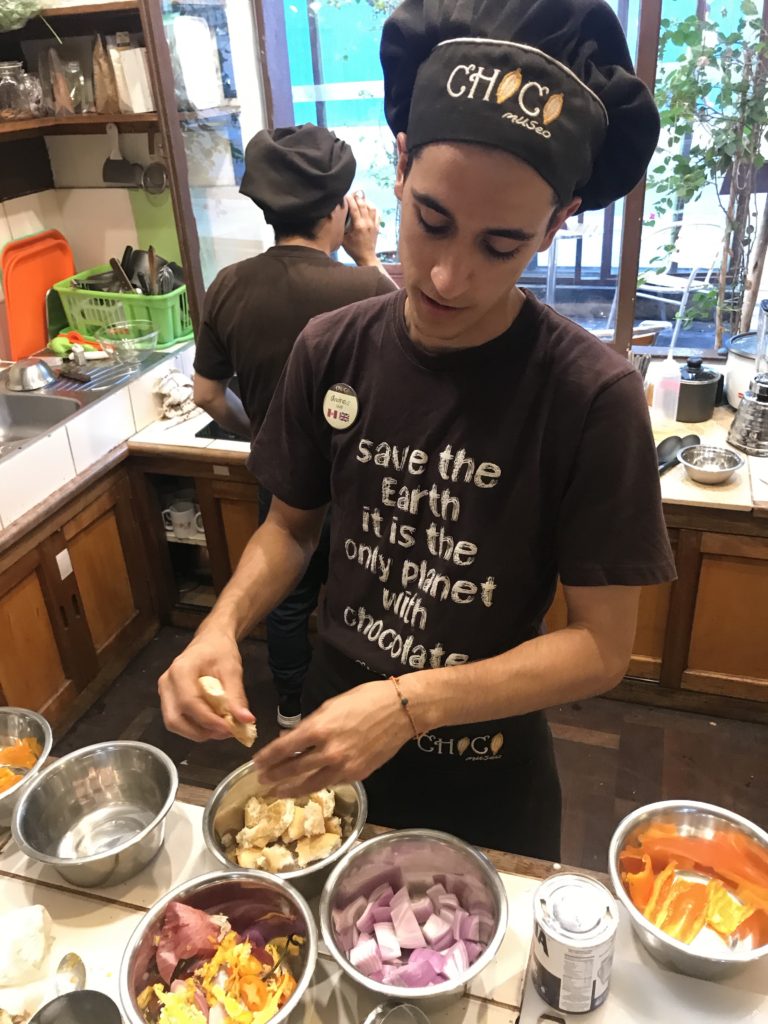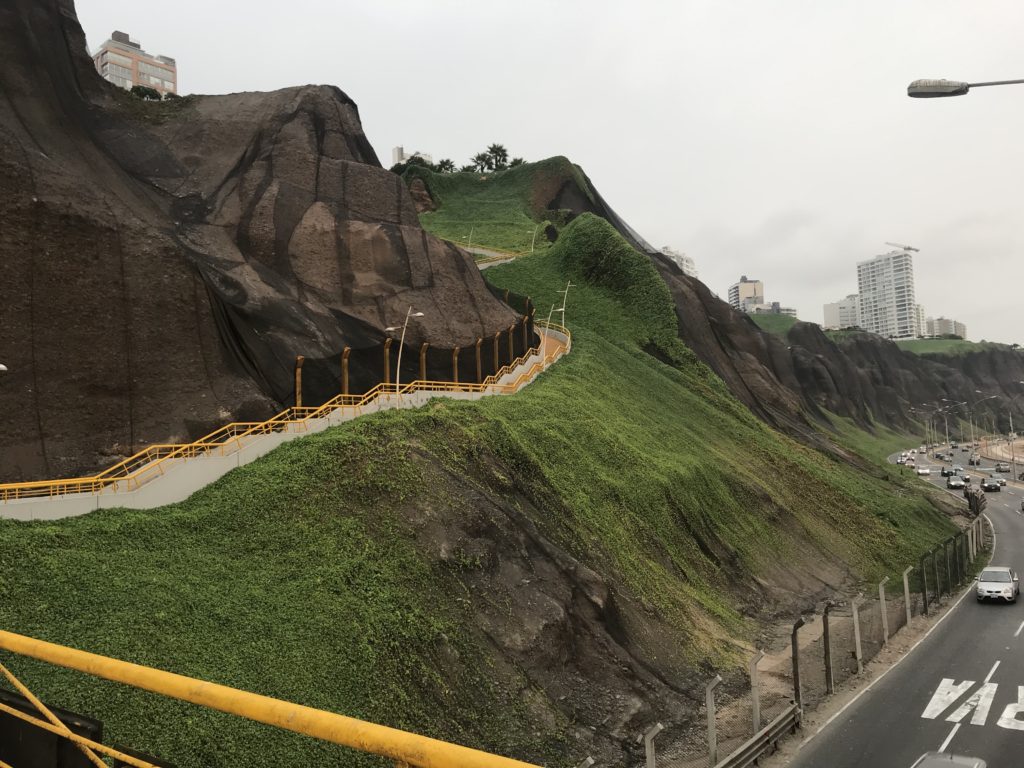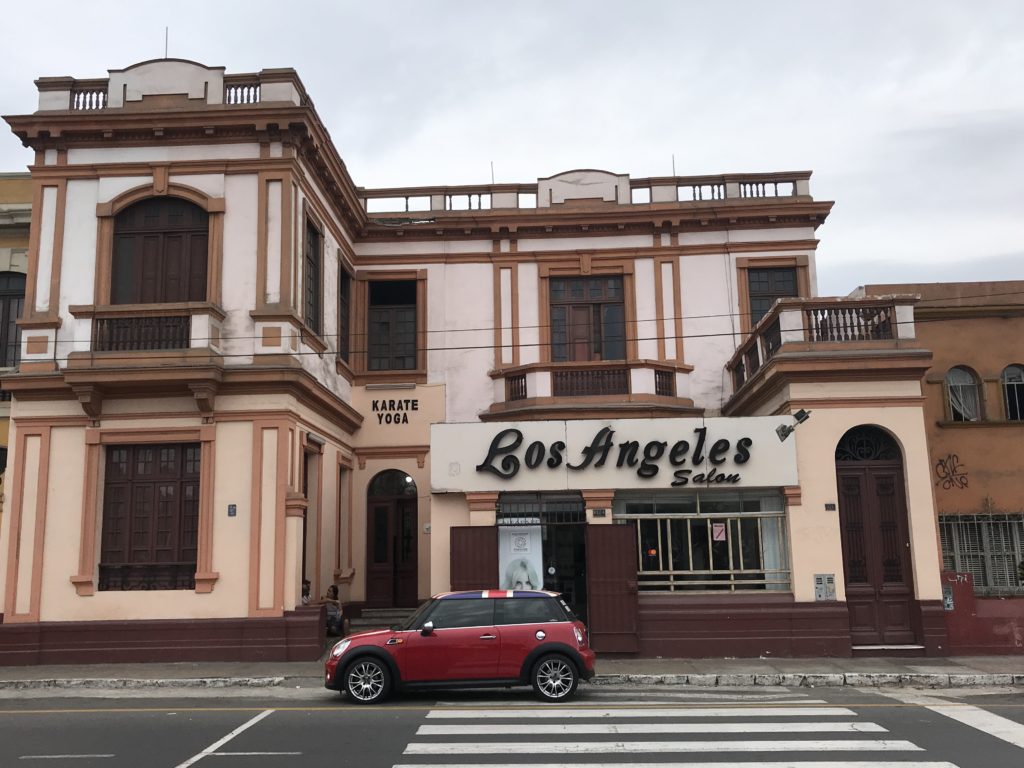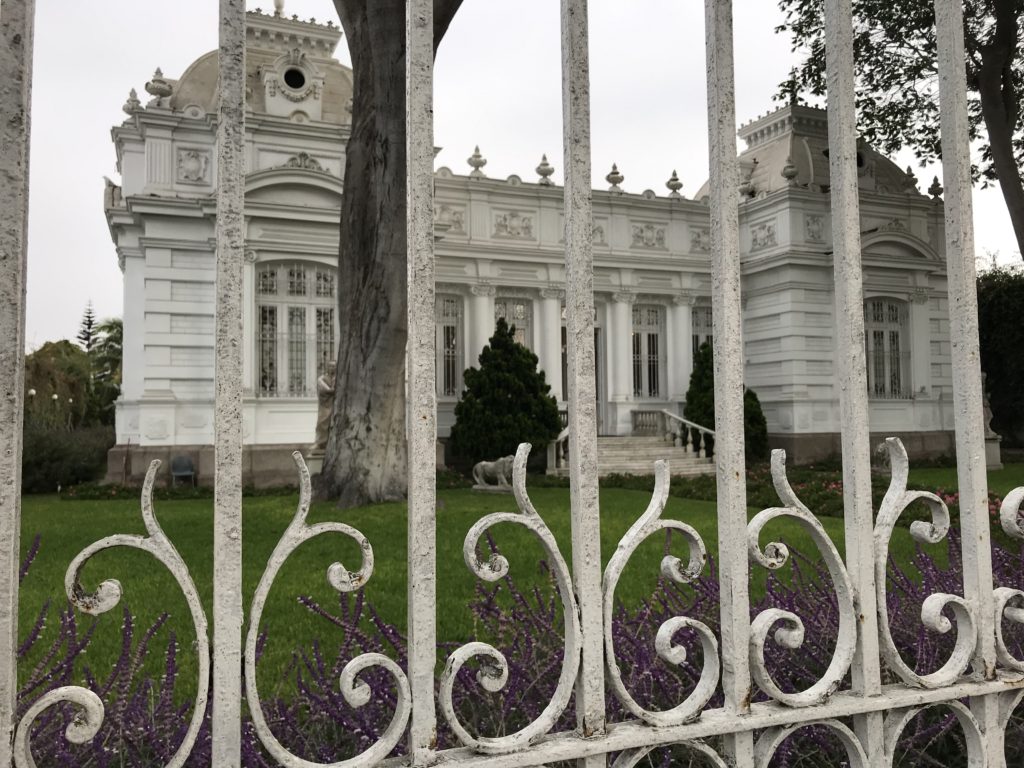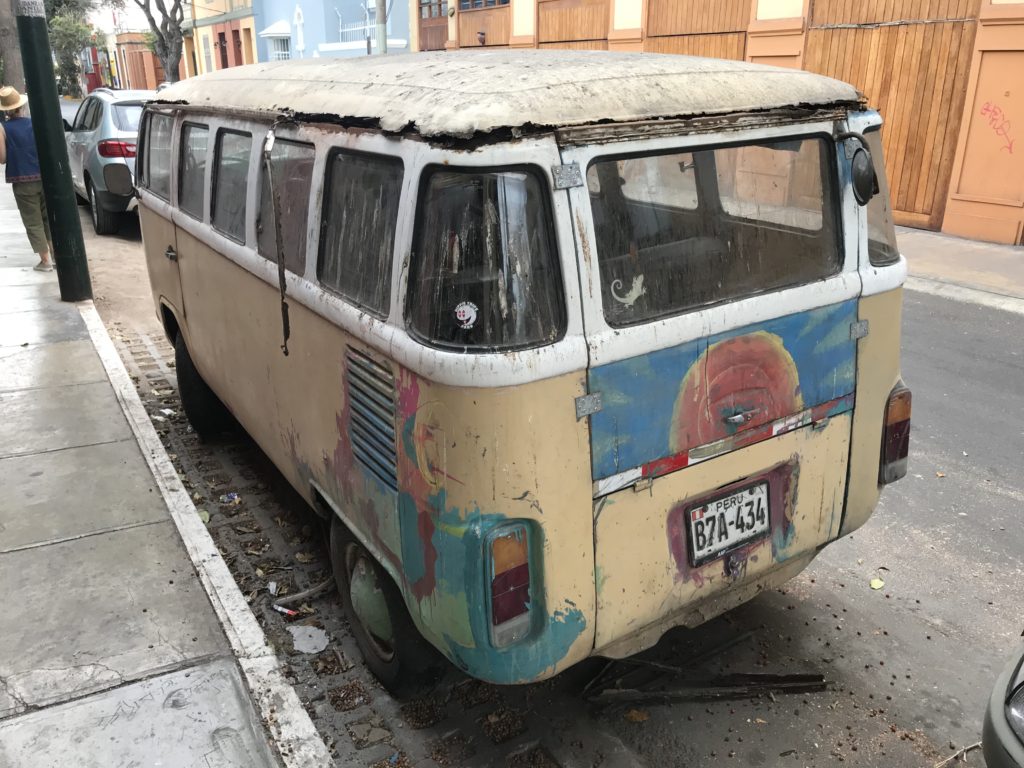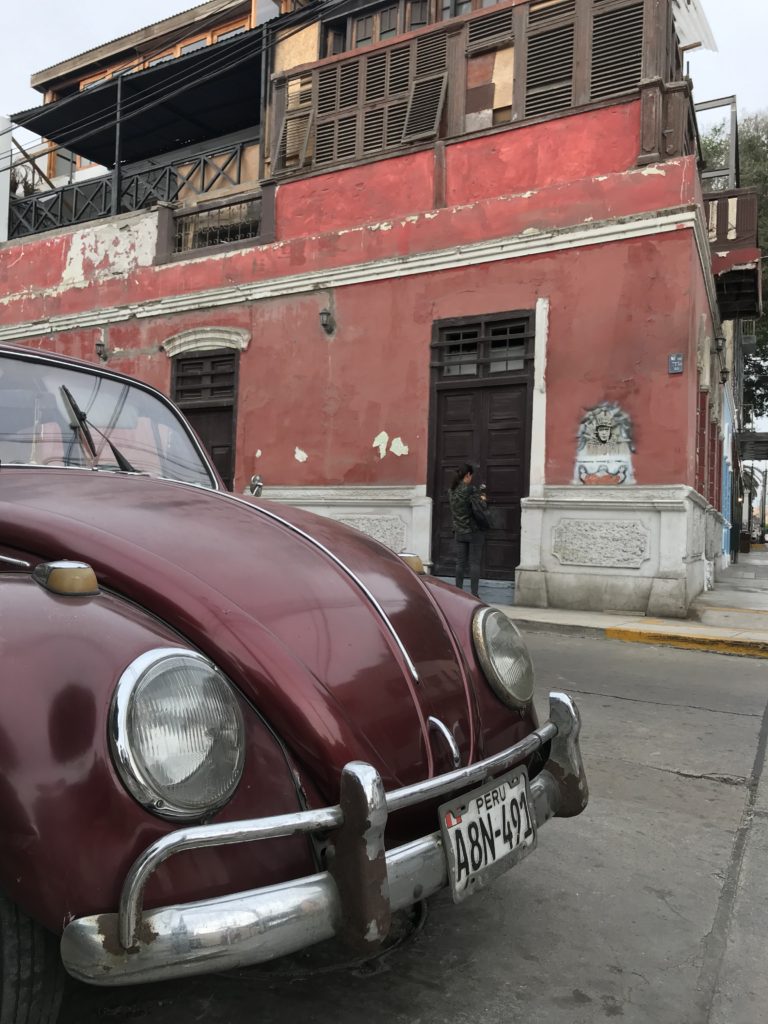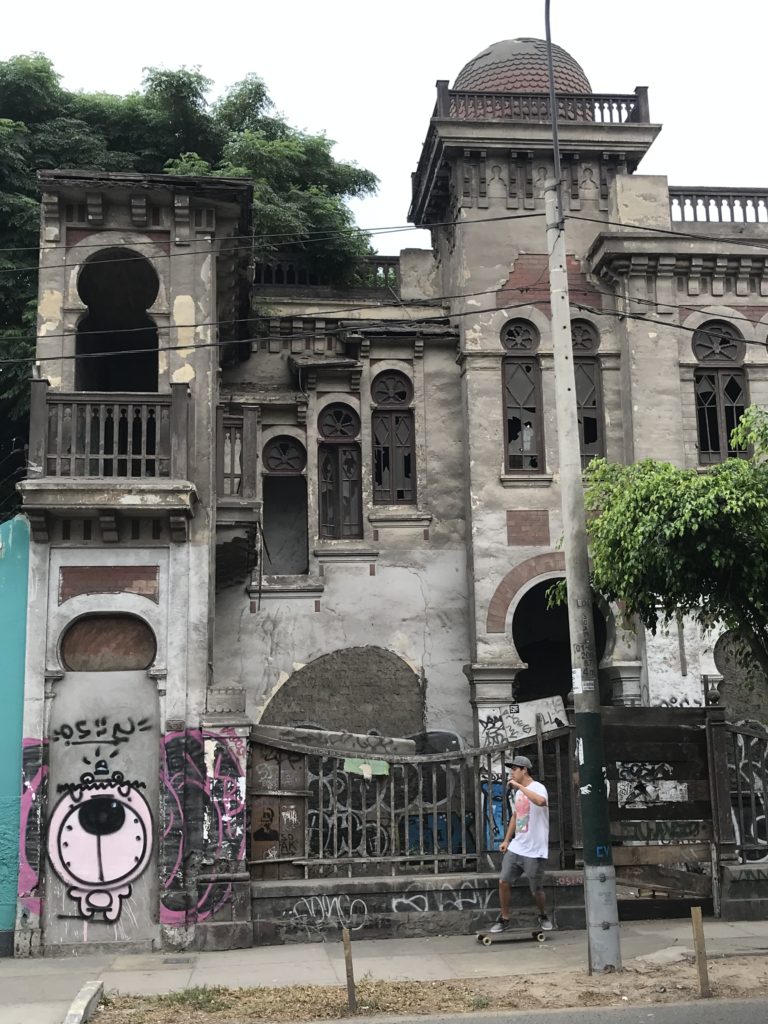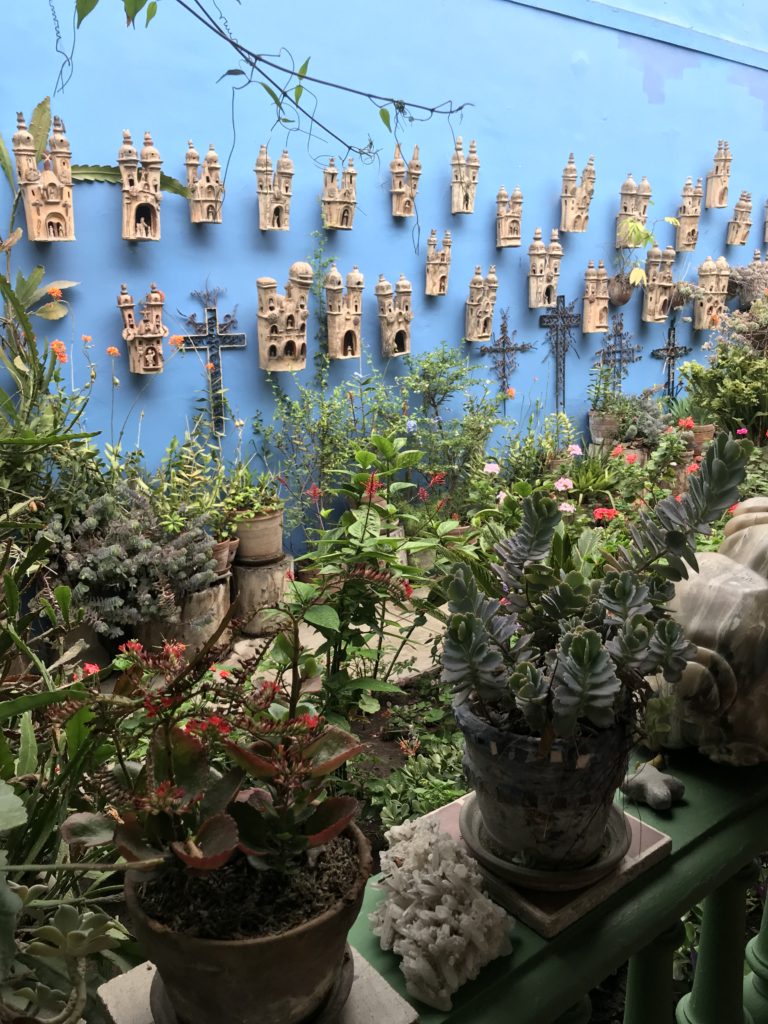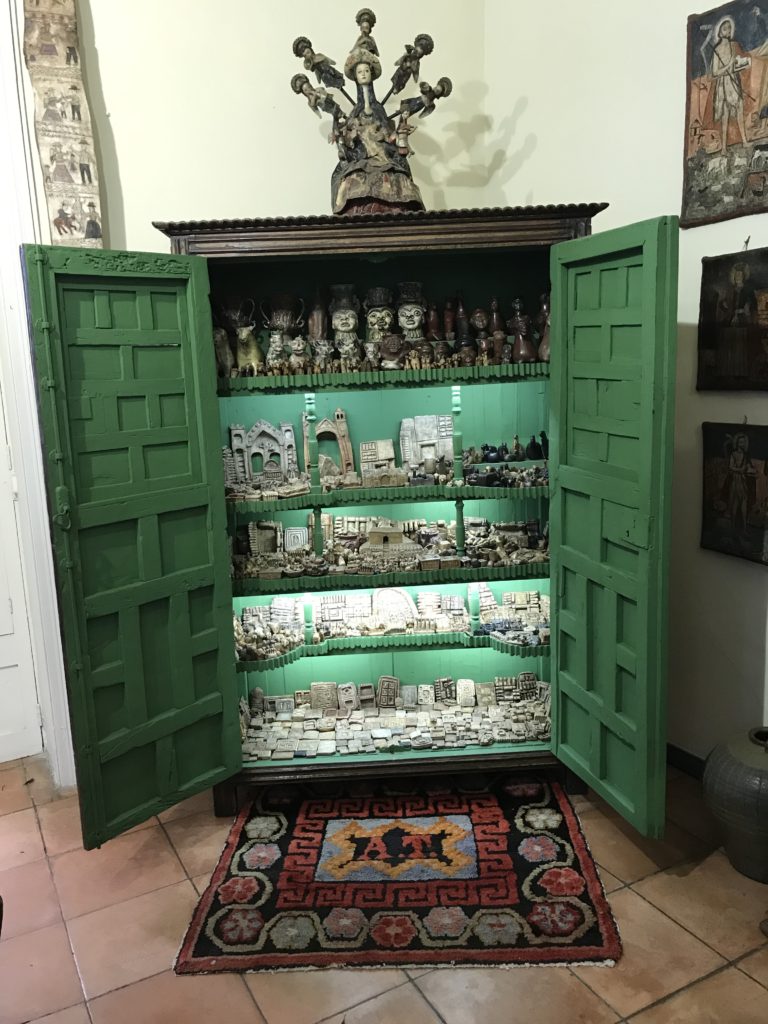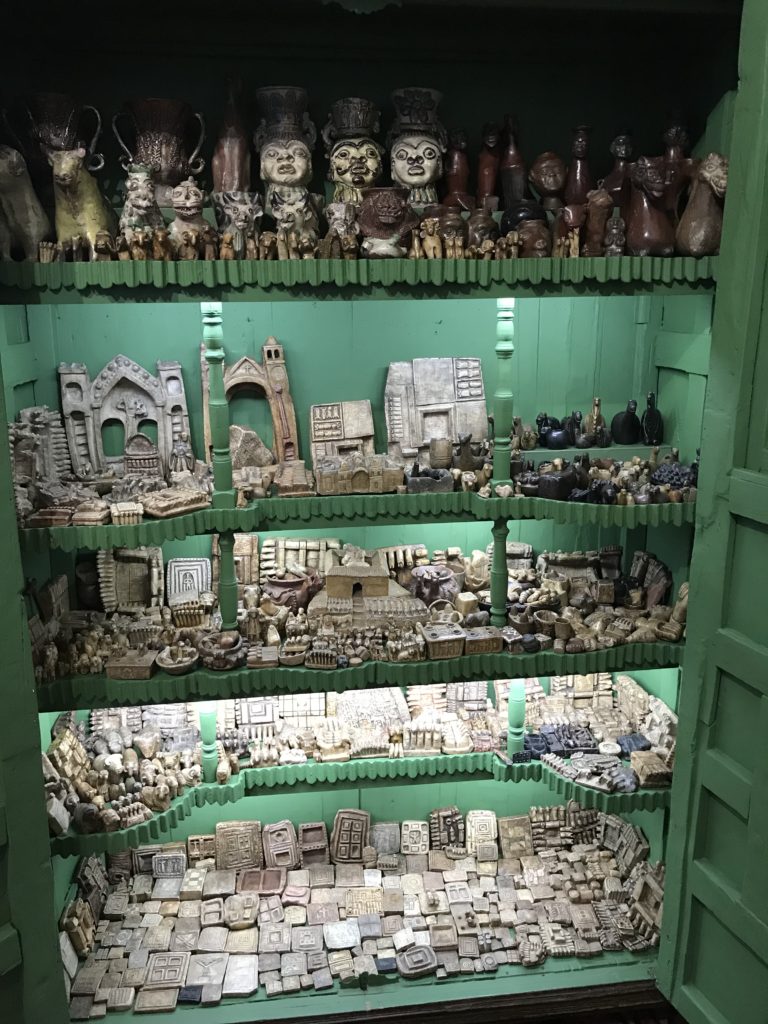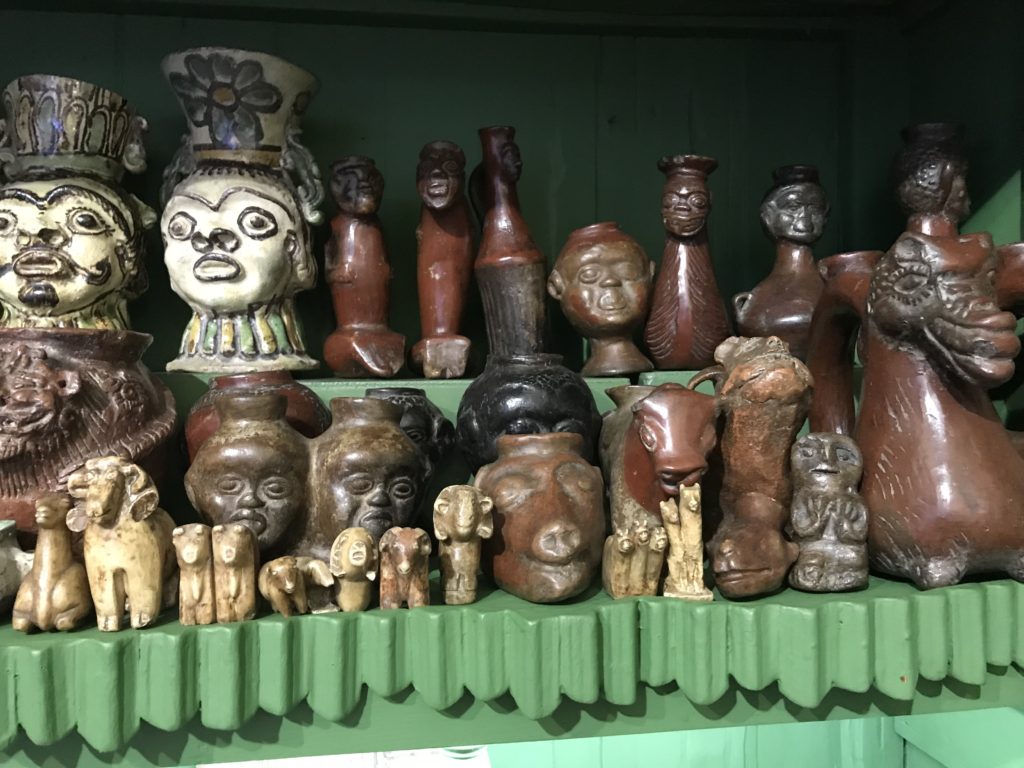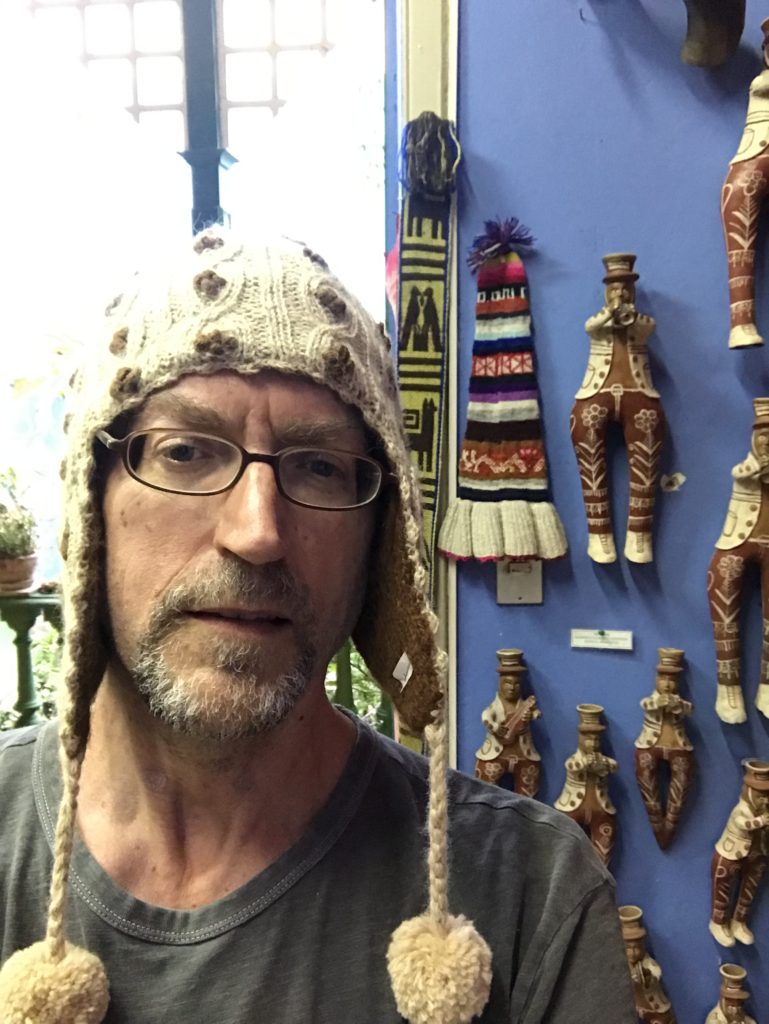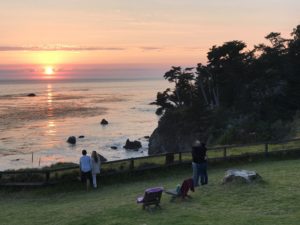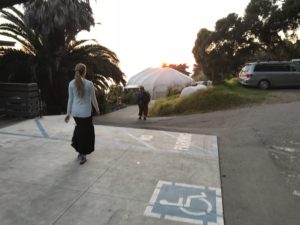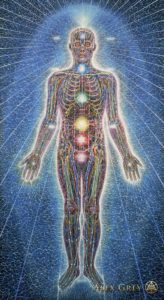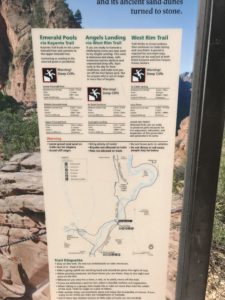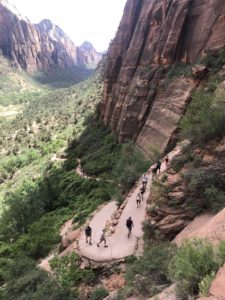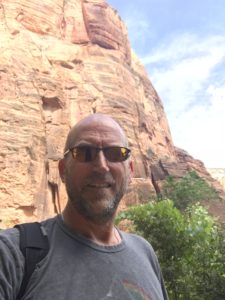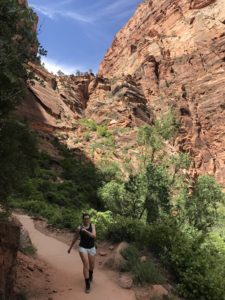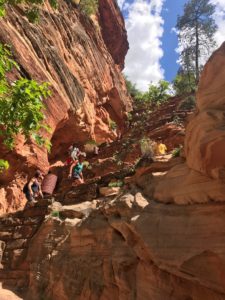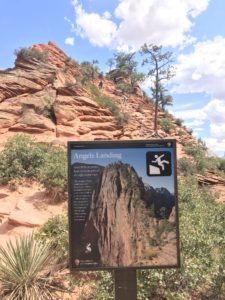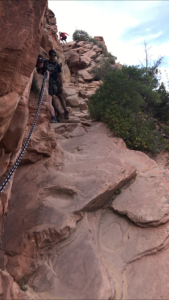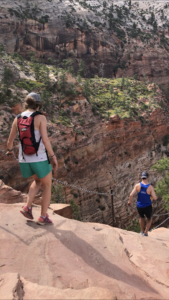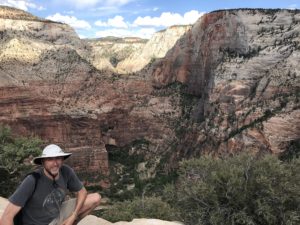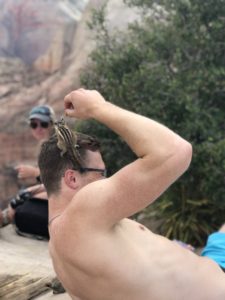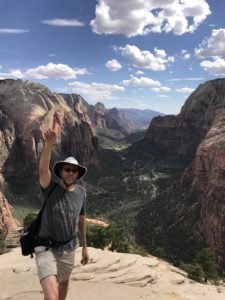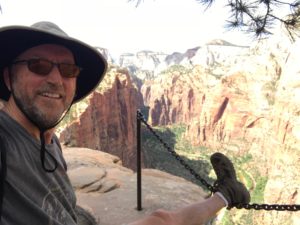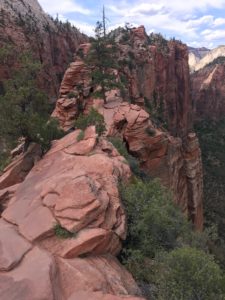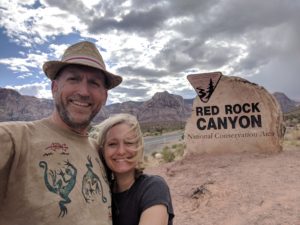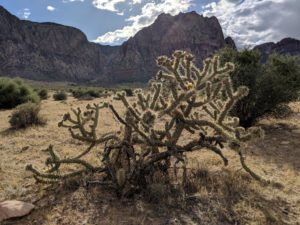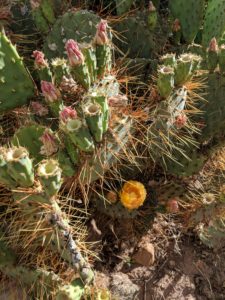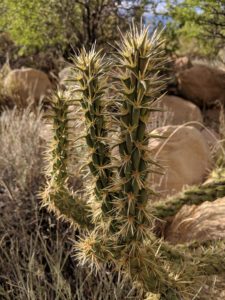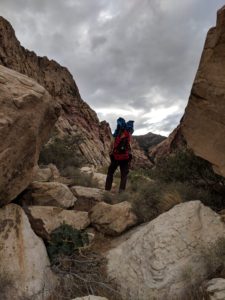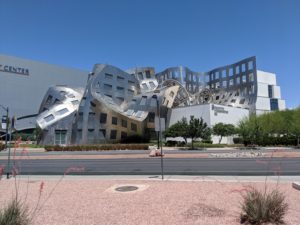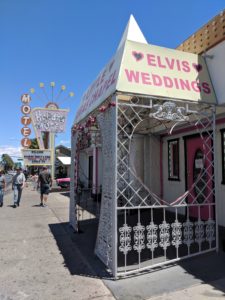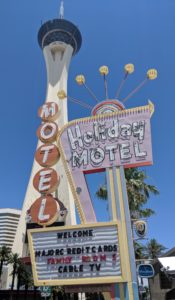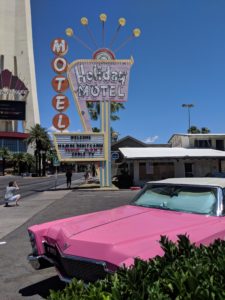I retired from my engineering job on Friday, July 13th and started my new job of having fun by going on a 5-day backpacking trip with my friend Chip Buckingham. My new work week started on Monday the 15th by climbing out of a big hole in Sequoia National Park. With 40+ pound packs, we climbed out of Mineral King valley at 7,840′ towards Franklin Pass at 11, 710′. That’s a 3,880′ gain!
When I worked in Kings Canyon National Park in the summer of 1986, I worked at a similar trailhead where everyone started at the bottom of a canyon and had to climb out. It’s steep terrain and there is no where to go but up.
I met Chip in Three Rivers at 10:30am after a 3 hour drive from Santa Monica where Amy lives. This was the first time in years where I had to set this early of an alarm for anything other than a flight. After dropping his truck off, we drove from 800′ to 7,800′ above sea level to the ranger station. The road to Mineral King is super narrow and windy and takes about 2 hours to climb into the beautiful forests where giant sequoia thrive.
We picked up our permit from the ranger station and started hiking about 2:00 – the hottest part of the day – only about 70F. The cool mountain air felt great and we started off at a good clip. I knew I just had to stay a few steps in front of Chip. Chip had been busy working and going on family vacations, so he hadn’t done high altitude training like I did in Colorado. All I had to do was stay a little ahead of him.
The goal for the first day was to get to Franklin Lakes at 10,331′. That’s 2,501′ of gain on the first day. With many stops and a casual attitude, Chip and I caught up about what had happened since we last backpacked 25 years ago. I played intramural ultimate with Chip at Cal Poly and a group of us hung out in college quite a bit.
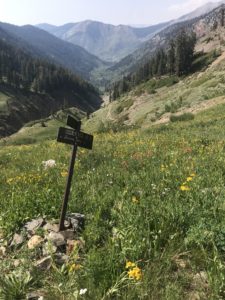
Over Memorial Day weekend in 1993 – right before I graduated and started working – we hiked over the 22-mile Hurricane Deck in Los Padres National Forest. We hiked under a full moon to avoid the heat of the day back then. Chip is a remodeling contractor and has a wife and two kids. He’s been a regular backpacker over the years and taught me a thing or two about modern backpacking since I have only done it irregularly over the last 30 years when I was a ranger at Philmont Scout Ranch.
The miles added up and we approached lower Franklin lake at about 5:30. We looked down on the lake and golden trout were happily hopping out of the lake. We camped on a bluff overlooking the lake and marmots were climbing all around the boulders in camp. Usually marmots are afraid of humans and they won’t let me get within 50′ of them, but these would stop and stare at me from about 10′ away. They’re pretty cute and didn’t eat stuff in our packs or anything.
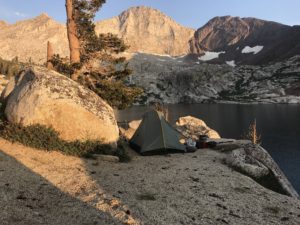
That’s my tent near a bluff overlooking Franklin Lake.
We were beat from the first days hike and climbed into our tents after sunset in the alpine glow. I got up in the middle of the night and about stumbled off the bluff in my sleepy walk to relieve myself. I looked down at the lake and saw lights in the water. I wondered who had put lights down there and realized that it was the stars reflecting in the water. I looked up in amazement at the number of brilliant stars in the sky. I looked at the milky way and saw a big question mark in the sky – the big dipper.
What was the question mark asking?
Where are you going?
What does retirement mean for me?
Why am I here?
I went back in my tent and rested peacefully for about 10 hours in total.
I got up around 7am and had some tea. We knew we would be camping here in three nights on the way out, so we decided to leave a dinner and breakfast in the bear box. I had also forgotten my iPhone cable, so my solar charger wasn’t going to be any good to me on the trail. I left that heavy $100 device in the bear box too…
Chip and I hit the trail about 9 and climbed the next 1,400′ up to Franklin Pass. The trail was superb to this point with a long gradual grade up the mountain.
The eastern side of Franklin Pass was much different. The trail was barely switchbacked and we slid down the mountain on loose decomposed granite that was similar to very large 1/4″ grains of sand. After the loose sand, we went down a series of steps that were over a foot tall. It was hard going down them, but I knew it would be even harder going back up in two days. Stepping down that far was hard on my legs, but there wasn’t any other option.
After a couple miles, the trail flattened out and we had a couple of ridges to climb before we reached our final destination – Little Claire Lake. Chip is very particular about where he camps, so he looked around for the best spot while I stayed with the packs. He came back and said the camp had views of the lake, Sawtooth Mountain and Mt. Whitney. I thought he was joking, but when I got to camp, we had a panoramic views all the way to Mt. Whitney – the highest point in the contiguous US at 14, 495′.
We had a very relaxing time at Little Clair Lake and swam in her cool waters. I marveled at the huge Foxtail Pines that were all around the camp and lake. These trees can grow to be thousands of years old and then they die and stay standing for hundreds of years more. Then the trees eventually get blown over and probably decompose over another thousand years. These dead trees were probably living when Jesus was walking the Earth. It was amazing walking through this living museum of trees.
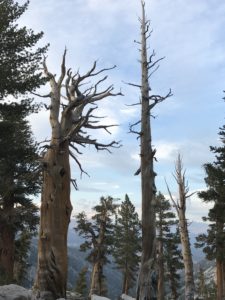
The tree on the left is an ancient foxtail pin that has probably been dead for a hundred years. I love how the branches reach up to the heavens.
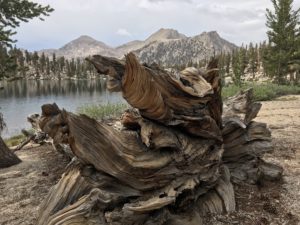
On our third day, I was exhausted and just stayed in camp while Chip explored a nearby lake. In the late afternoon, I caught some fish with some corn and cranberry bait. The little golden trout weren’t much bigger than fingerlings, but I fried them up anyway. I wouldn’t do it again unless I was really hungry or someone took my food.
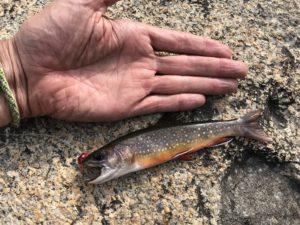

On our fourth day, we had to hike over Franklin Pass again from the east side to get back to cached food and solar panel. We got up early and the trail up the pass wore us down to a nub. We got some good photos on top and ate lunch on a nearby peak.
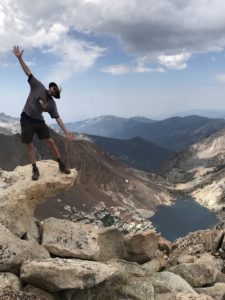
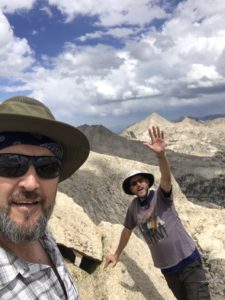
We hiked back down the grade to Franklin Lake and we went straight to the bear box to retrieve our food and solar panels, but the box was empty. We couldn’t believe that someone would take our food and gear. Everyone I’ve met in the backcountry wouldn’t take someone else’s food! It’s just not cool… My solar panels were worth about $100 too. I was pissed!
Luckily, a guy had given me an extra meal on the trail a couple days earlier and I ate that for dinner. Chip had some extra food as well, so I didn’t have to go catch a bunch of fish to eat. I made some popcorn and we went to sleep wondering what happened.
The next morning, I ate trail mix for breakfast instead of my rehydrated breakfast hash. We hiked out about 9 again and it took up 3.5 hours to hike the 5.3 miles to the car. We’d hiked 22 miles and gained and lost 6,480′. We were beat and I had developed a couple of blisters on my little dogs. Chip liked to say “My dogs are barking” when his feet hurt.
We headed to the ranger station to report our stolen goods. When I mentioned where we left the food at Franklin Lake, the ranger said, “Oh no! Wait a minute.” She went into the back office and a young ranger appeared with my solar panel. She reprimanded us for caching food in the backcountry and said they had distributed our food to hungry rangers!
I thought it was pretty weak to take and eat our food. We should have left a note that we would come back and get the stuff, but we didn’t expect the rangers to take our stuff.
Overall, it was a spectacular trip. I didn’t miss doing email and teleconferences. Chip and I got along real well and we caught up on old times and new times. We got to enjoy some of the most beautiful and pristine country I’ve ever seen. I definitely want to go back and hike in similar areas.
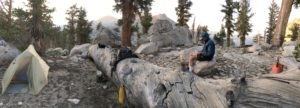
Here I am studying a map at our Little Clair Lake campsite at over 10,000′. It wasn’t cold, but I had my hood on to keep a few pesky mosquitos away.

